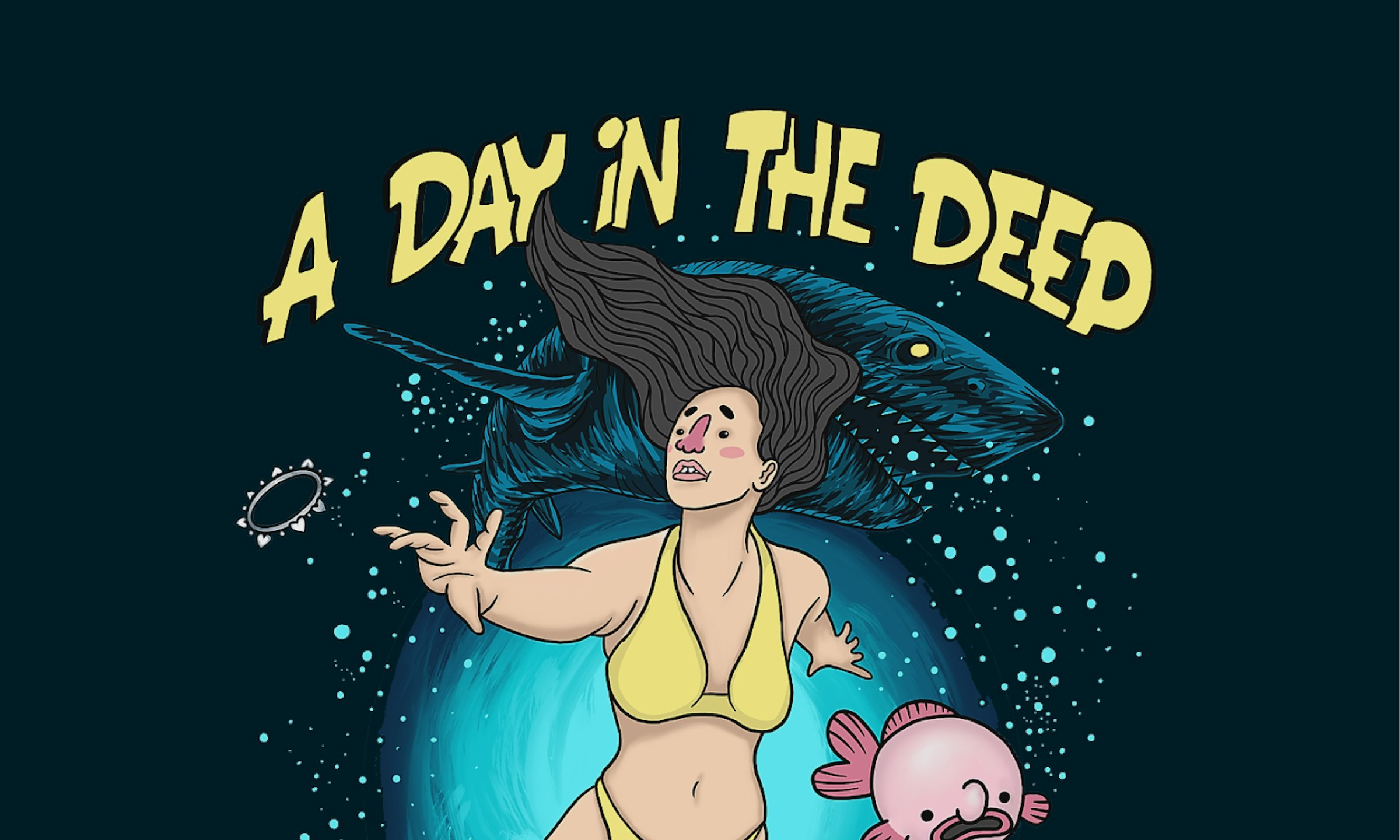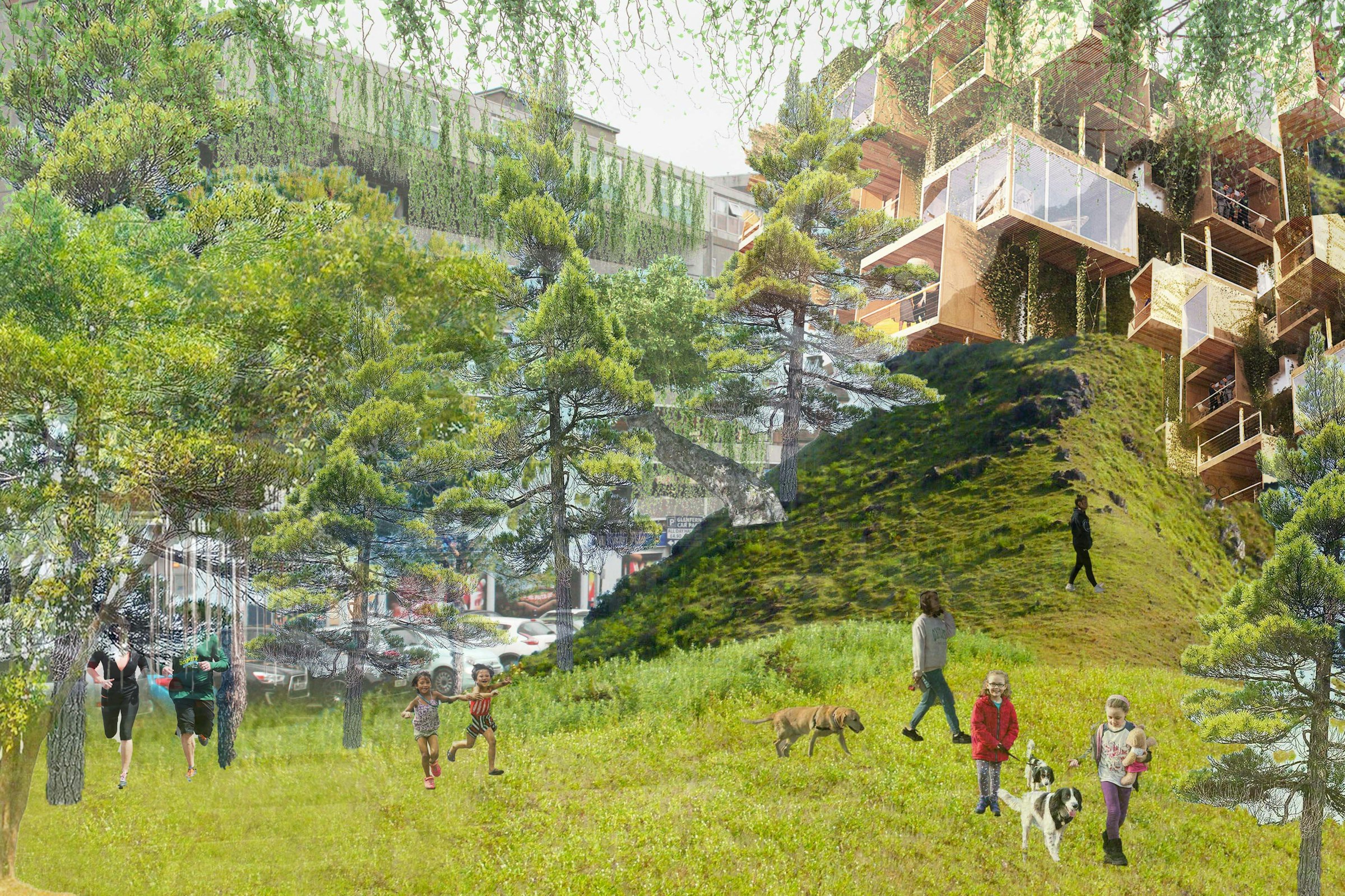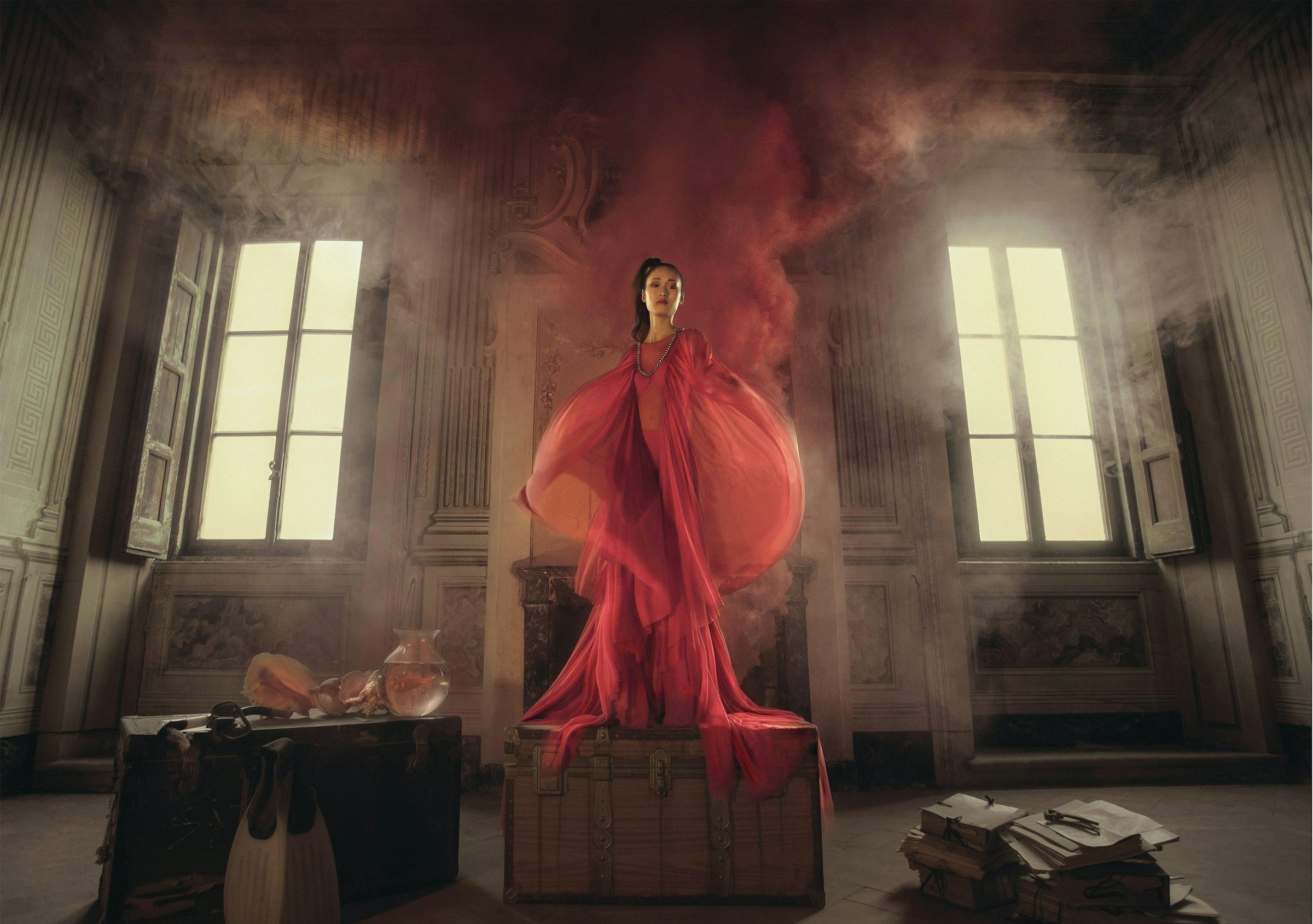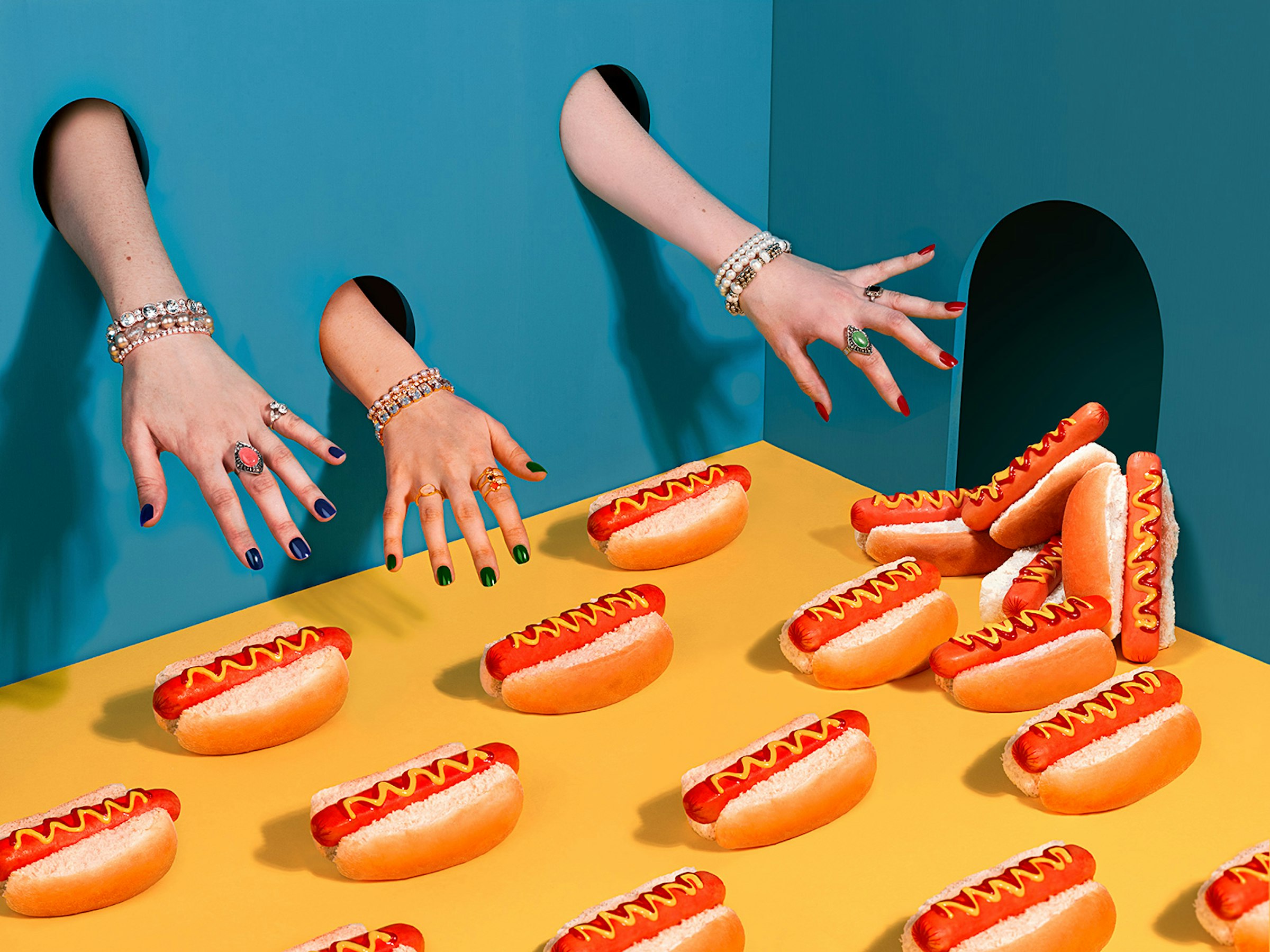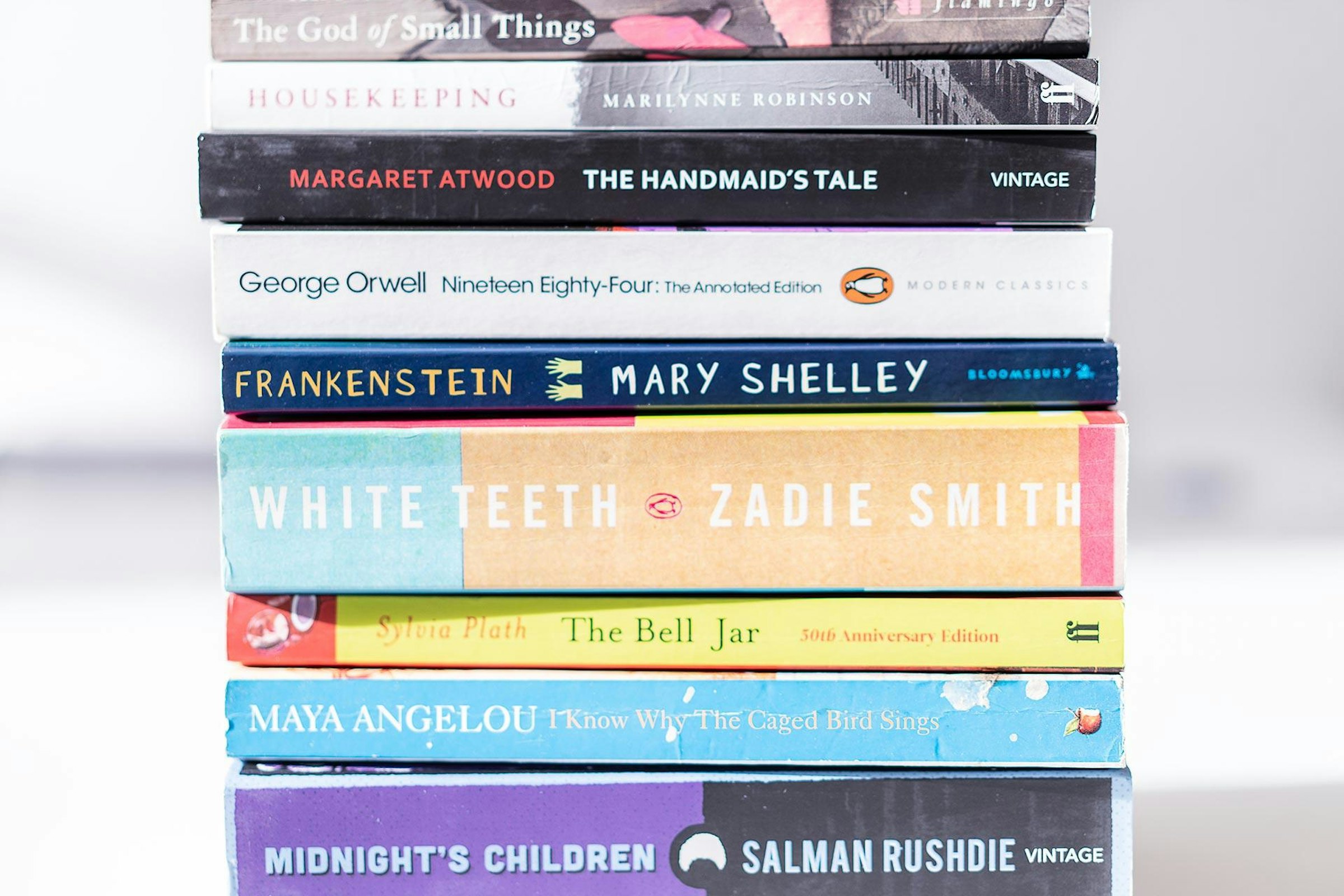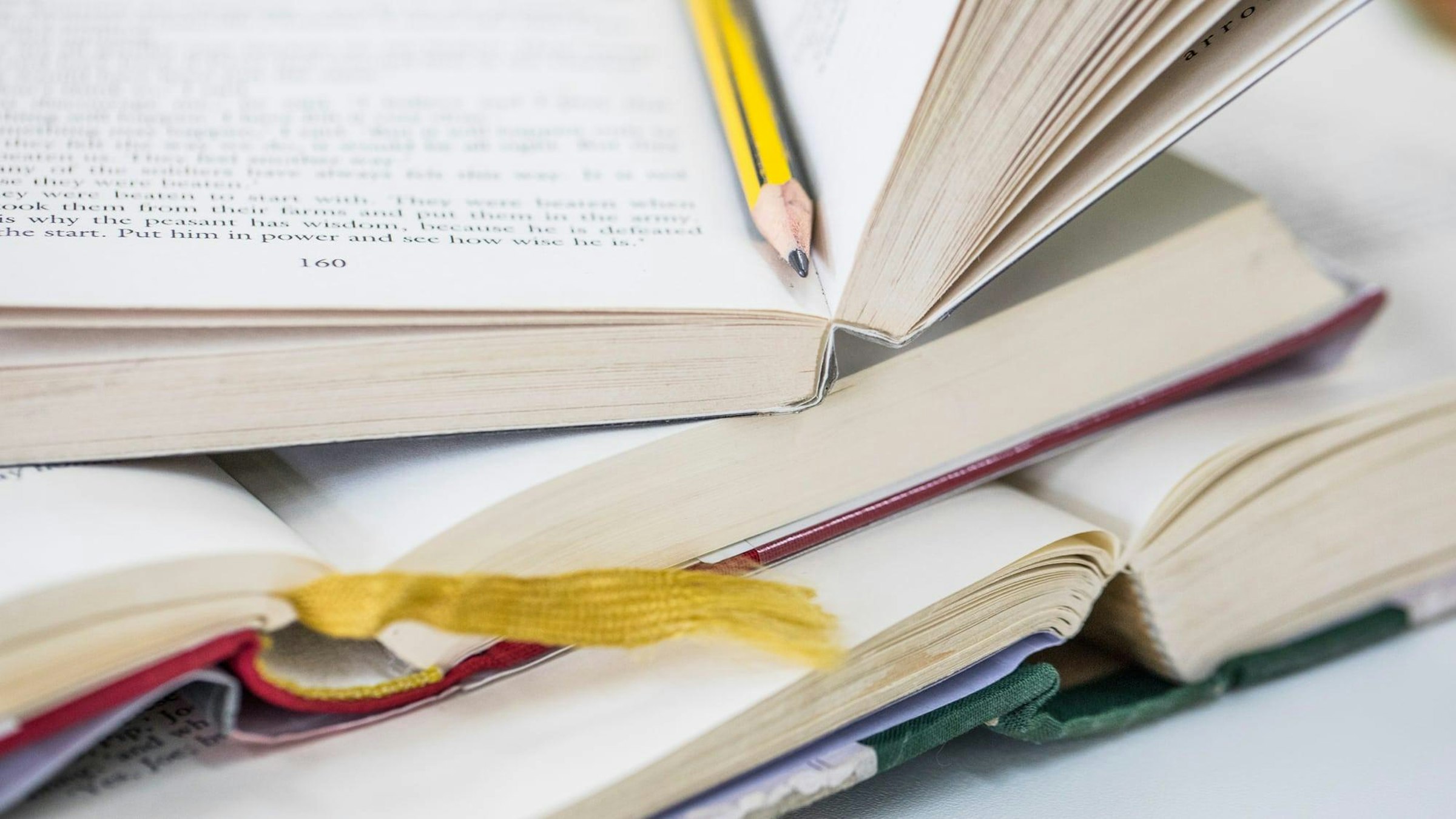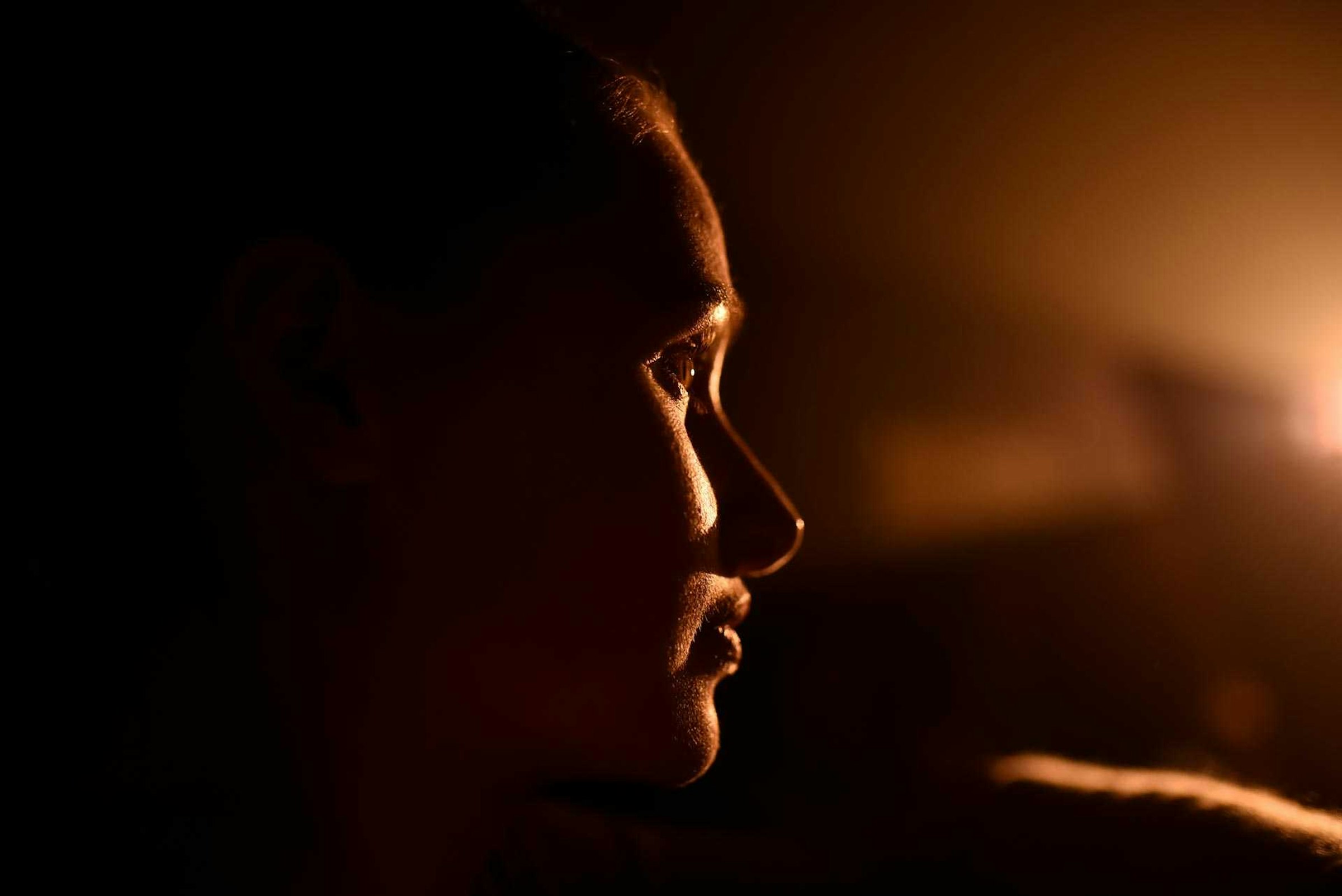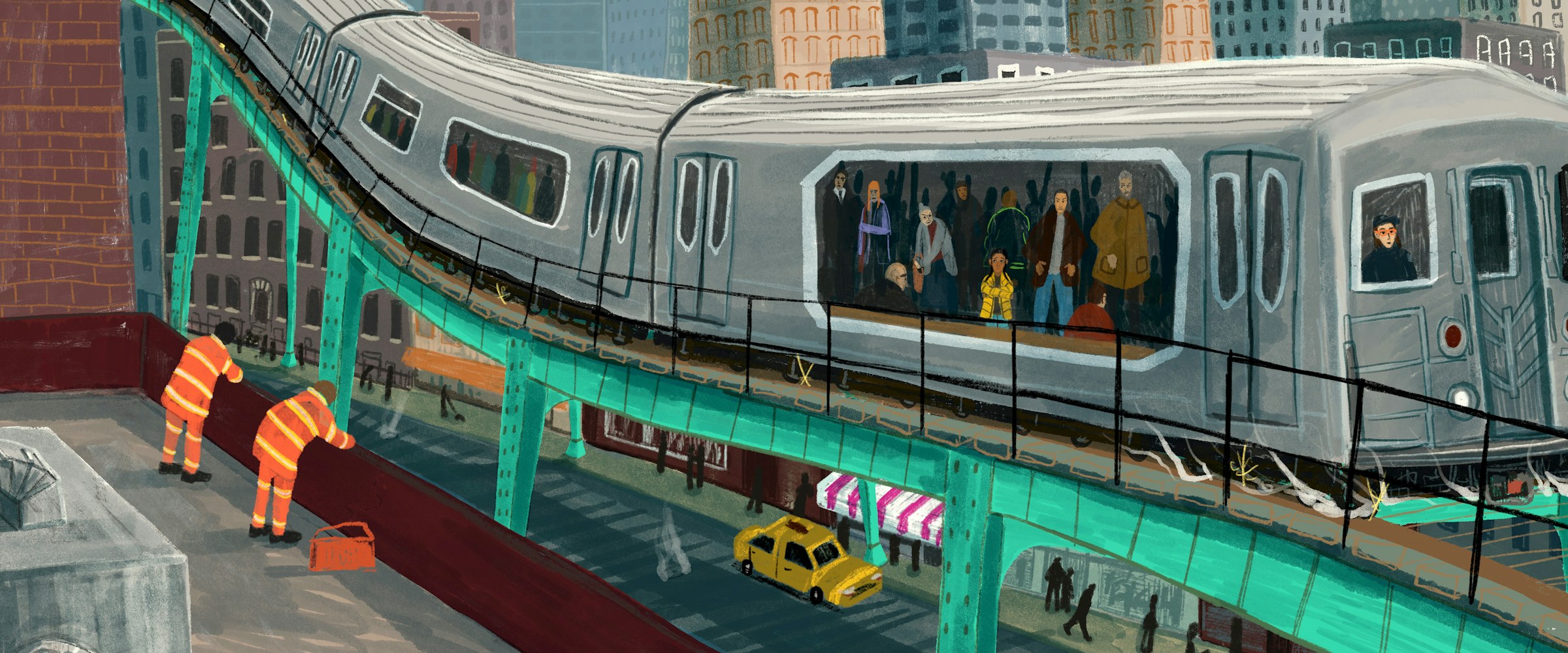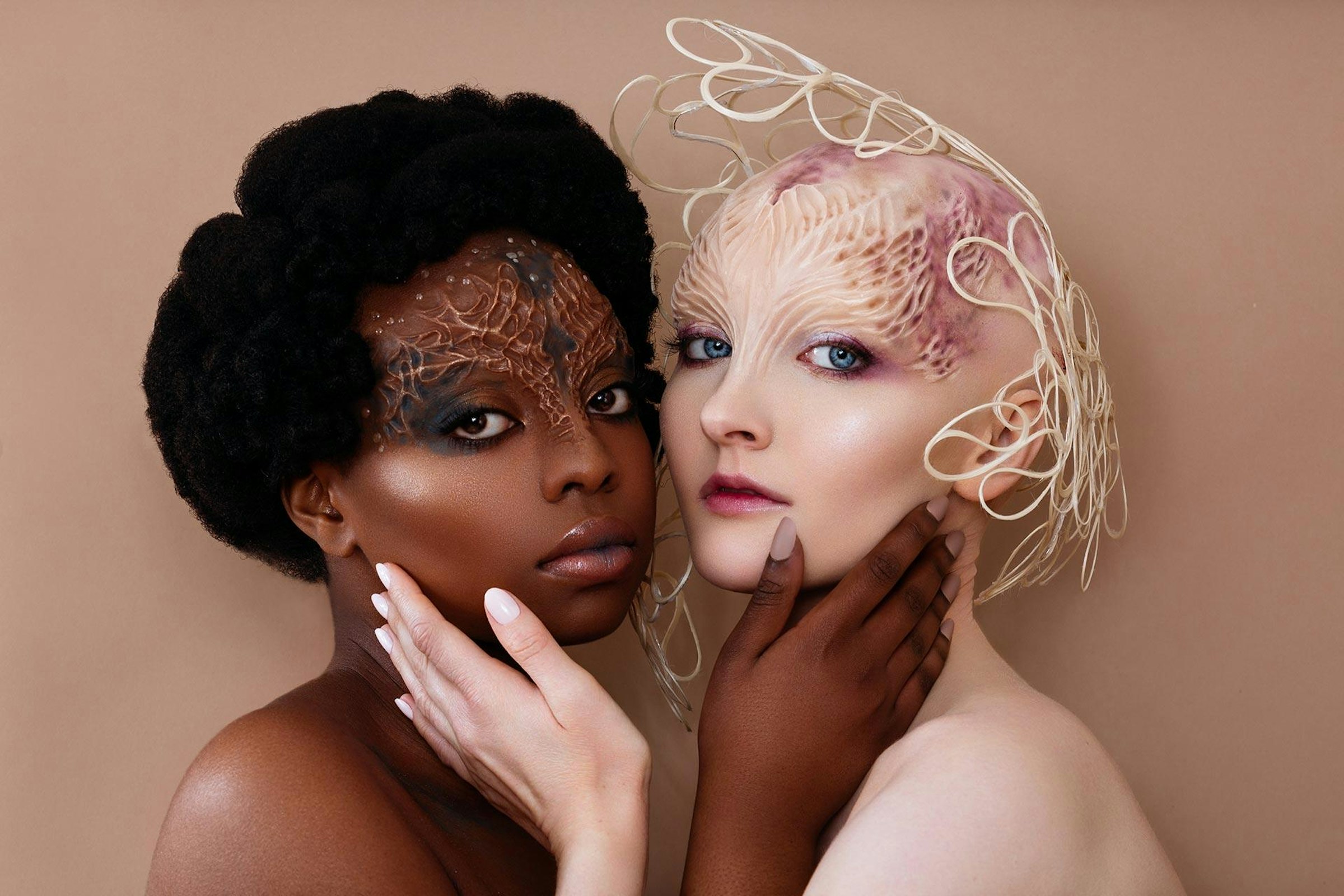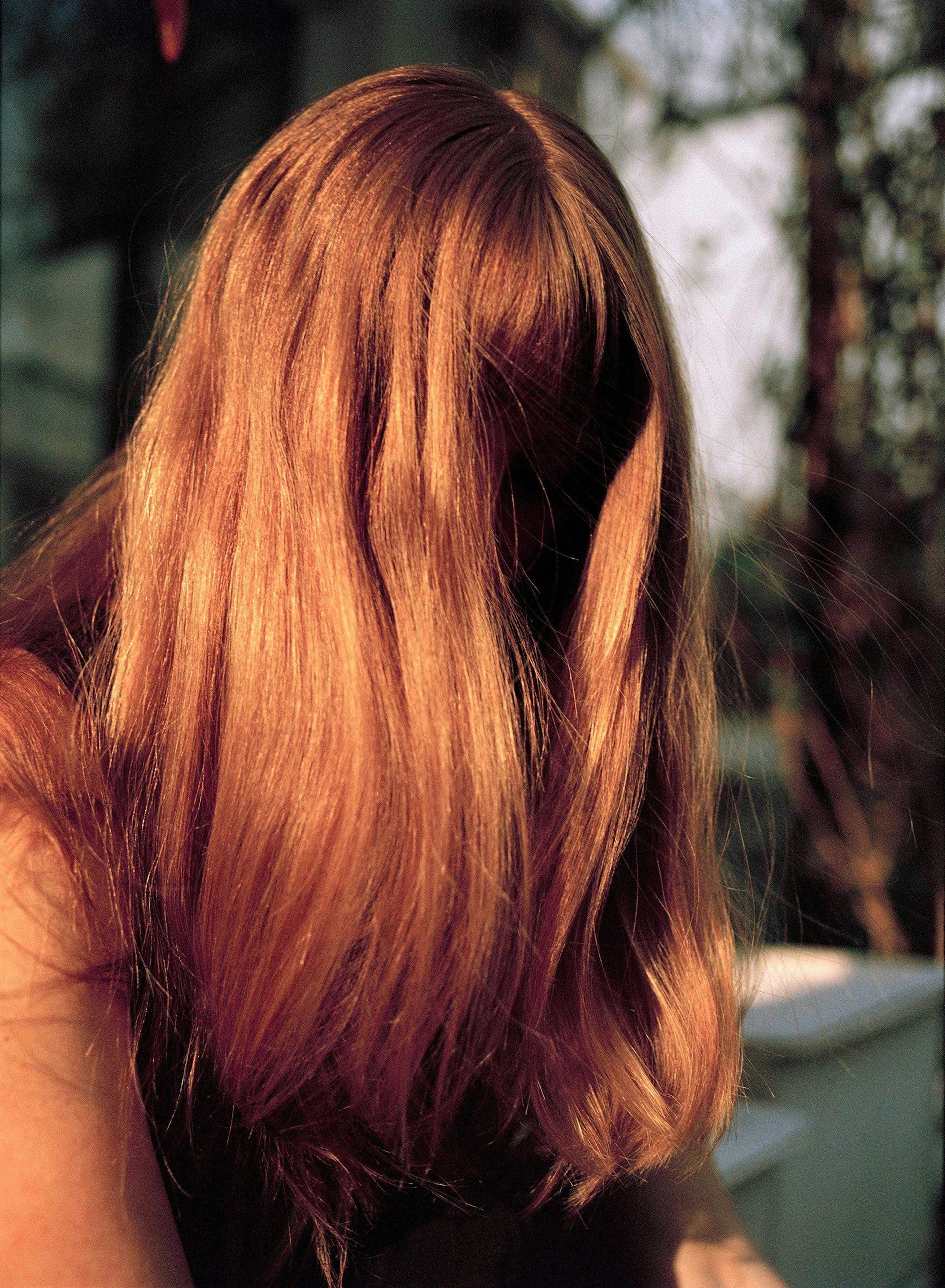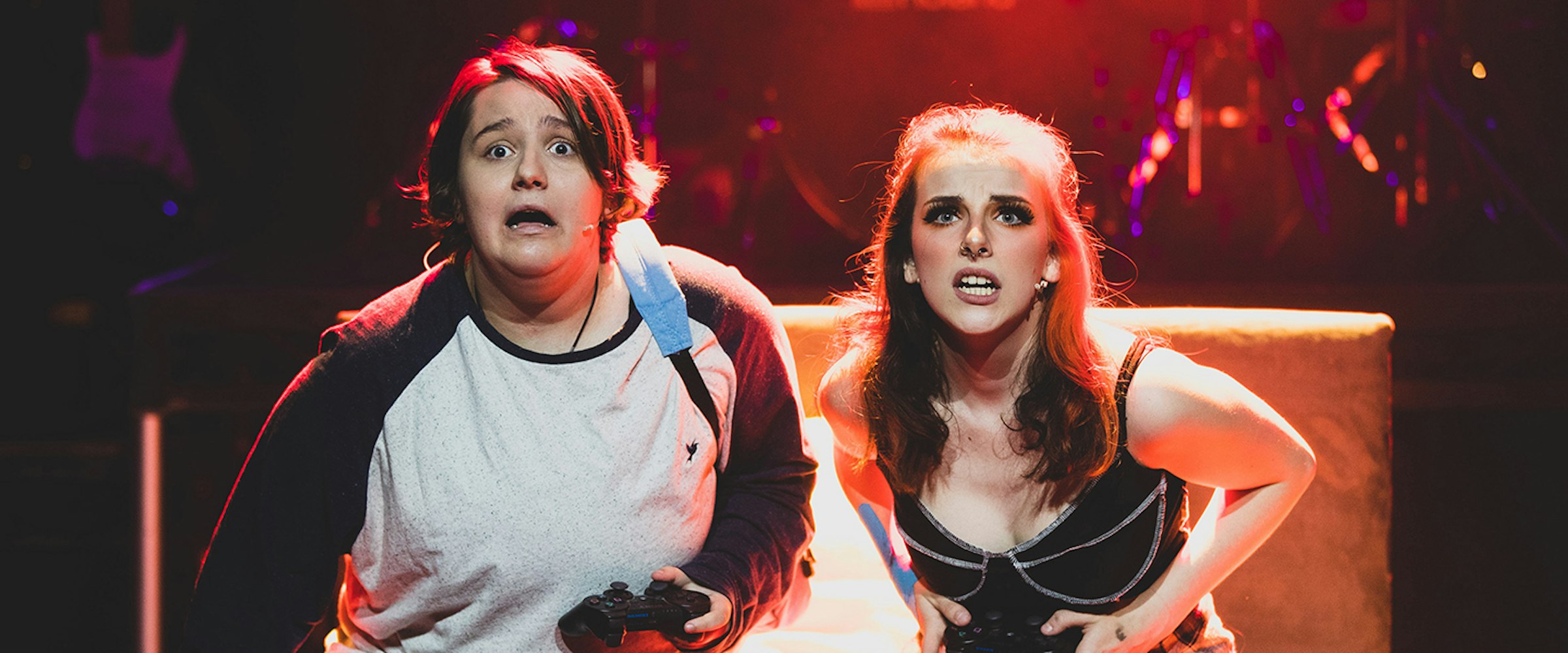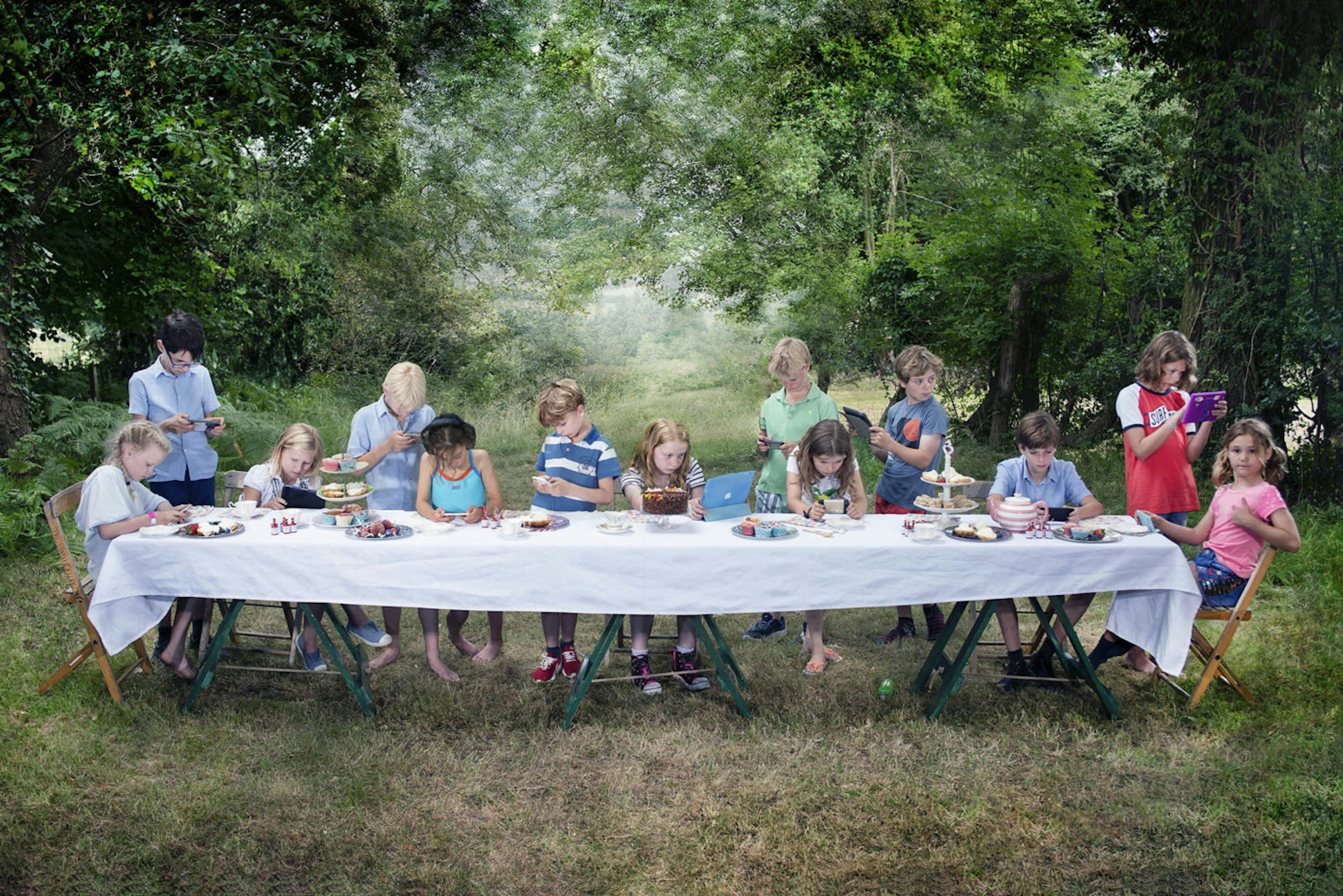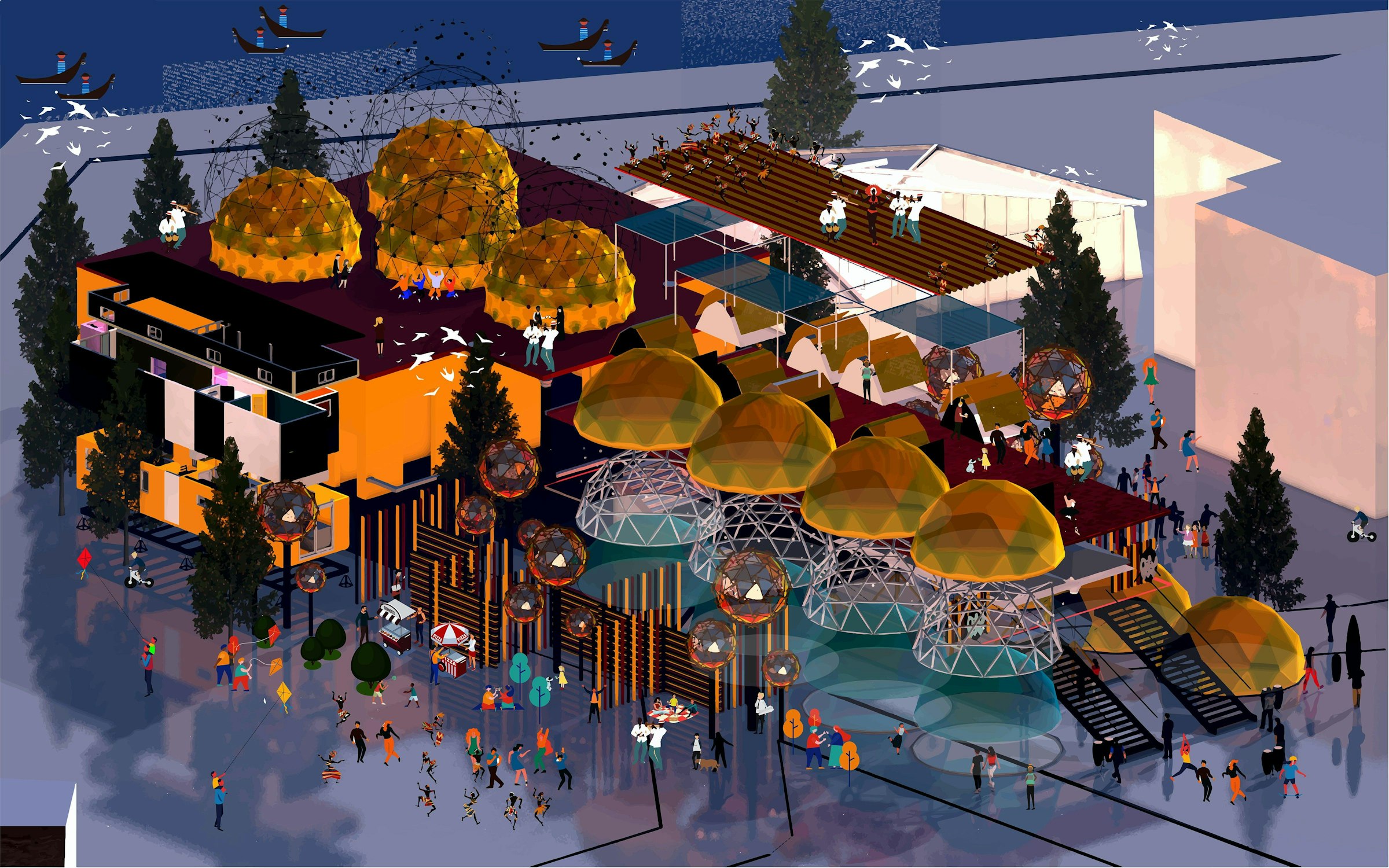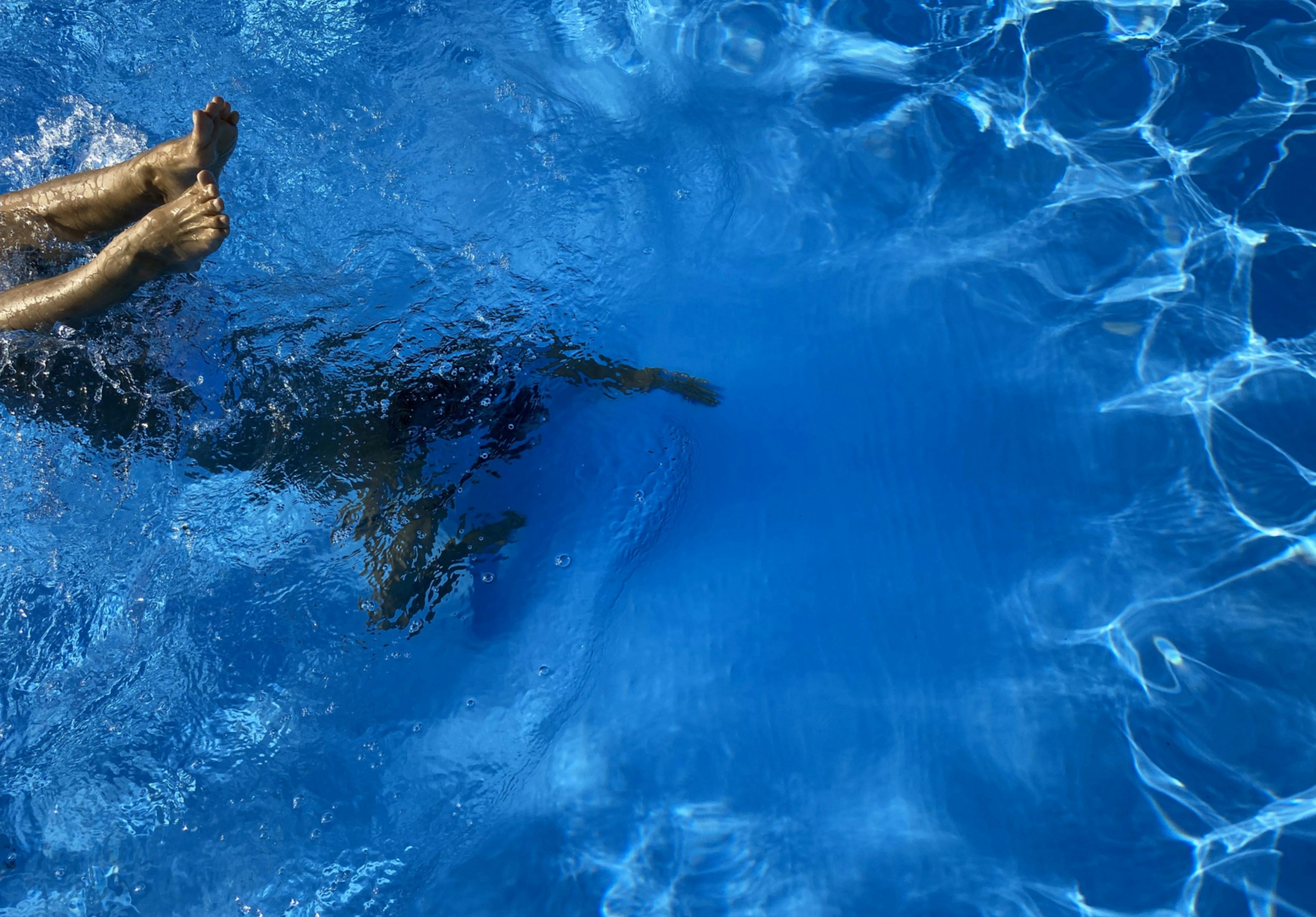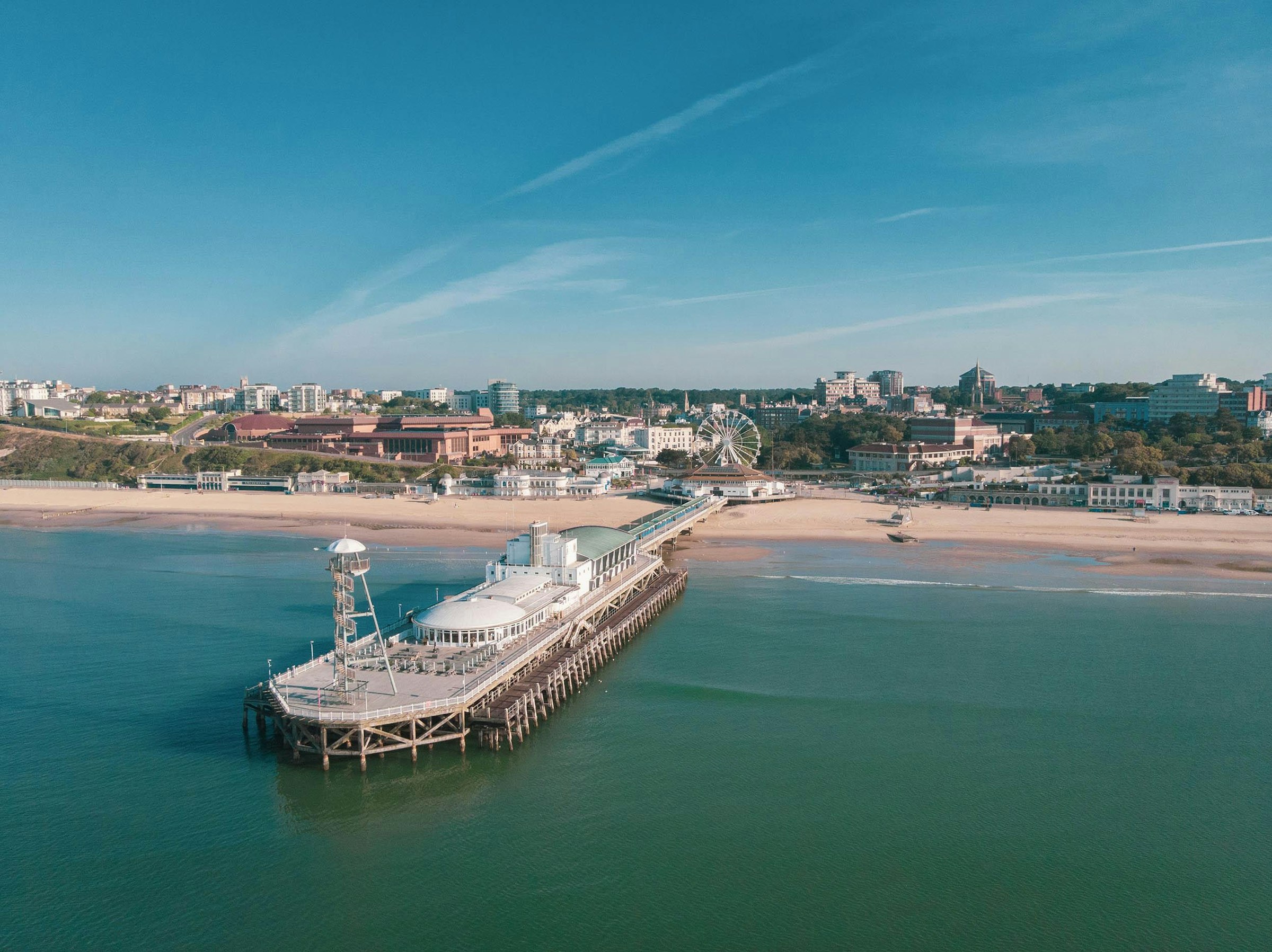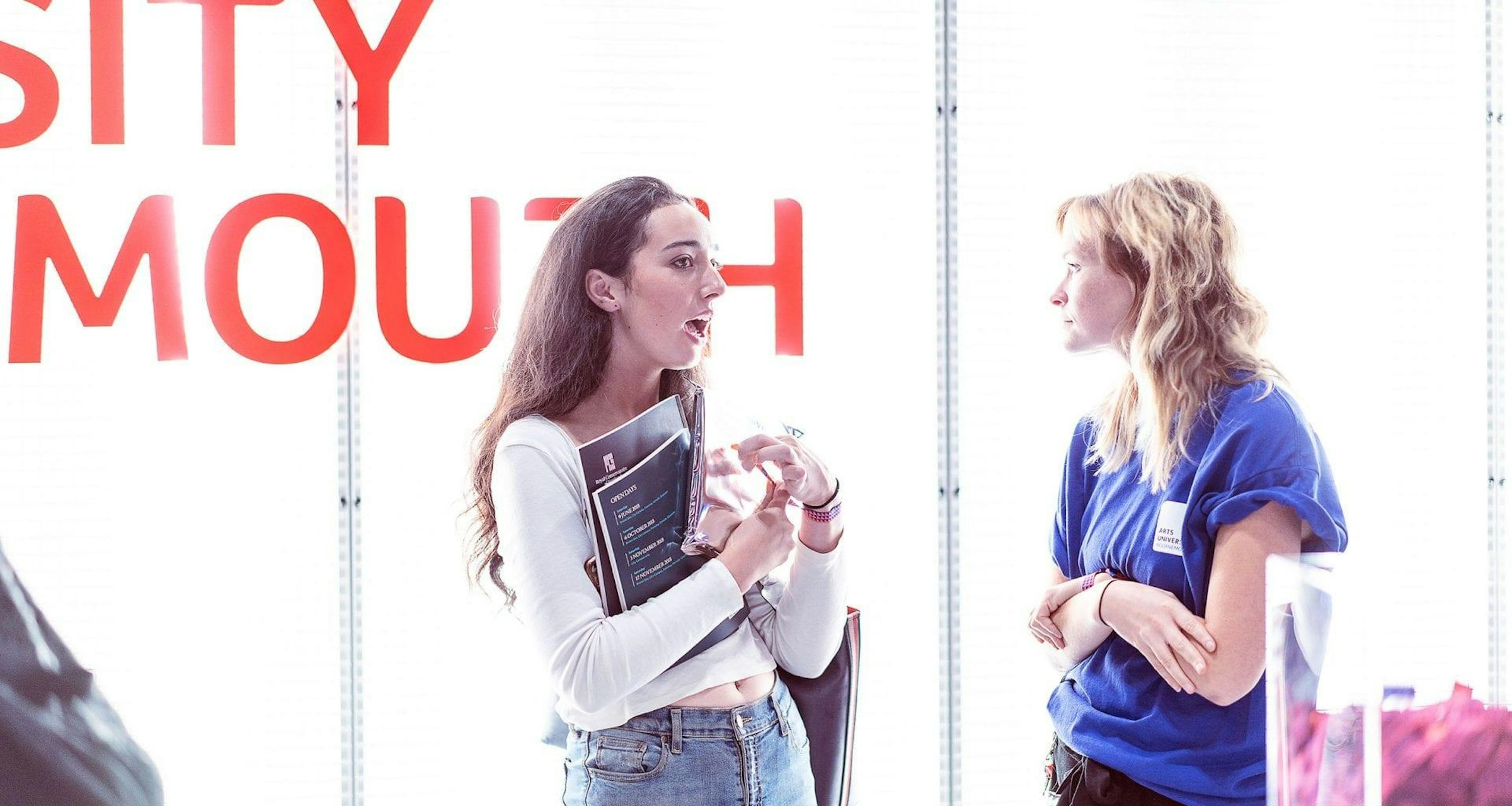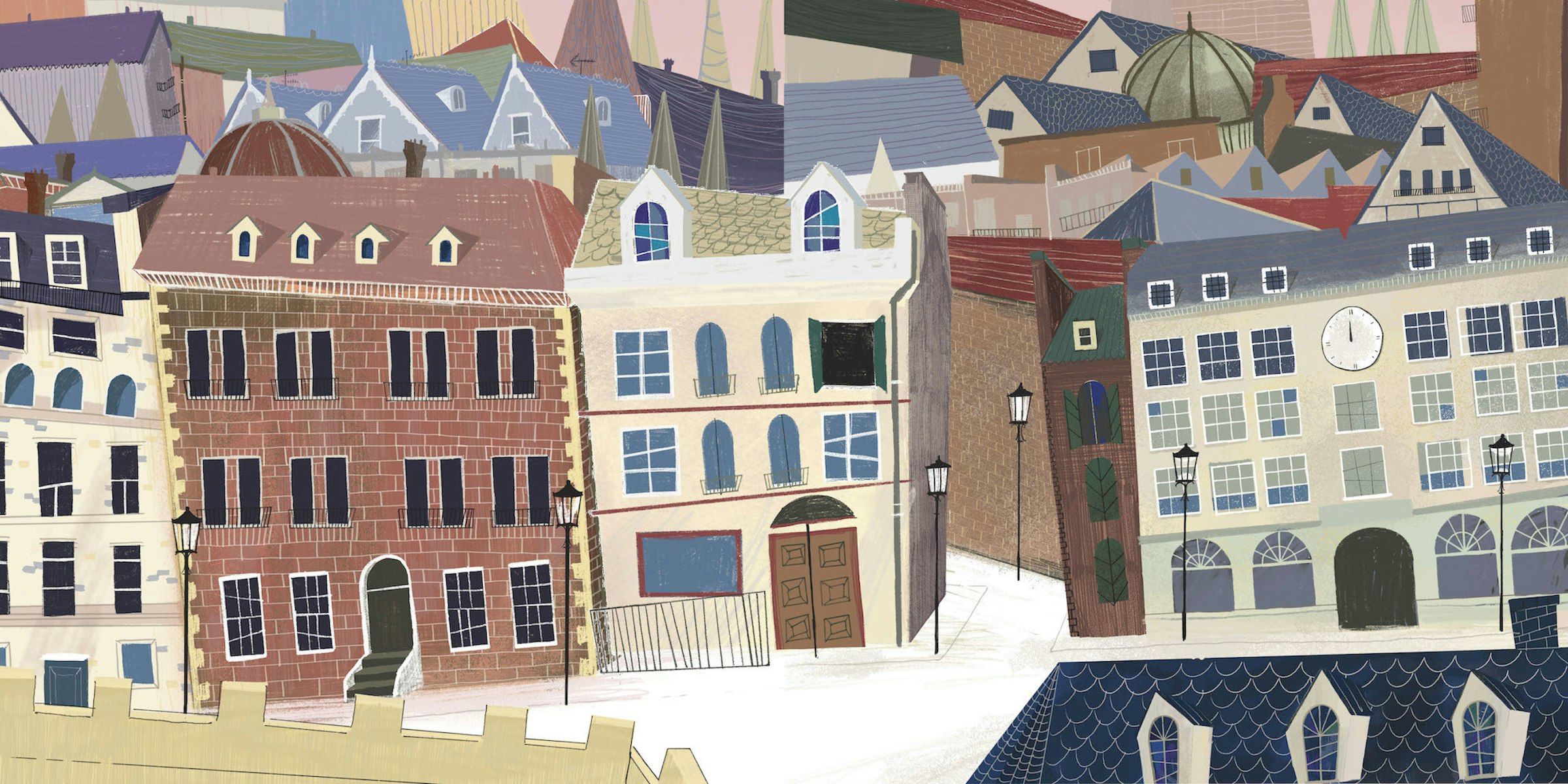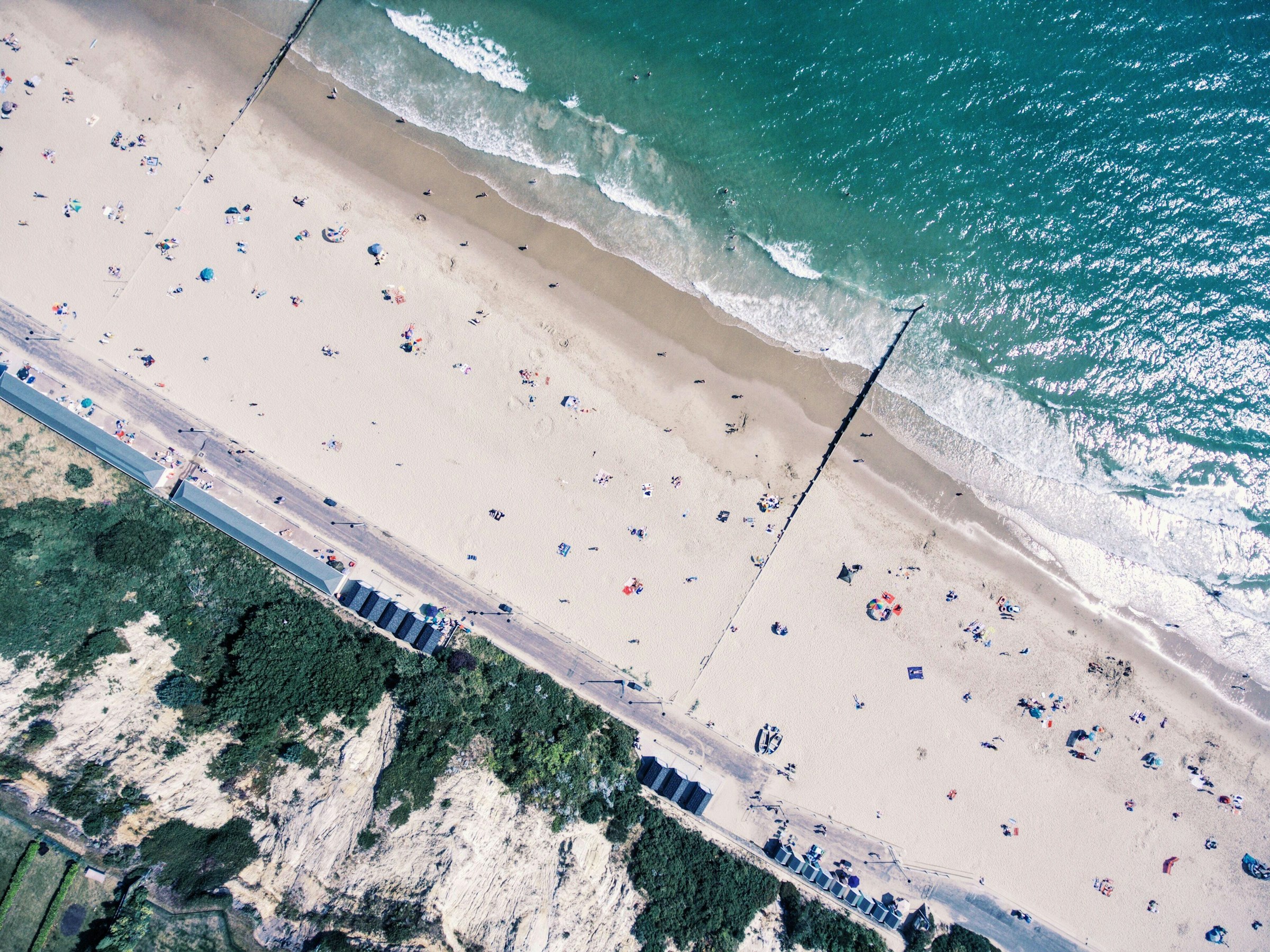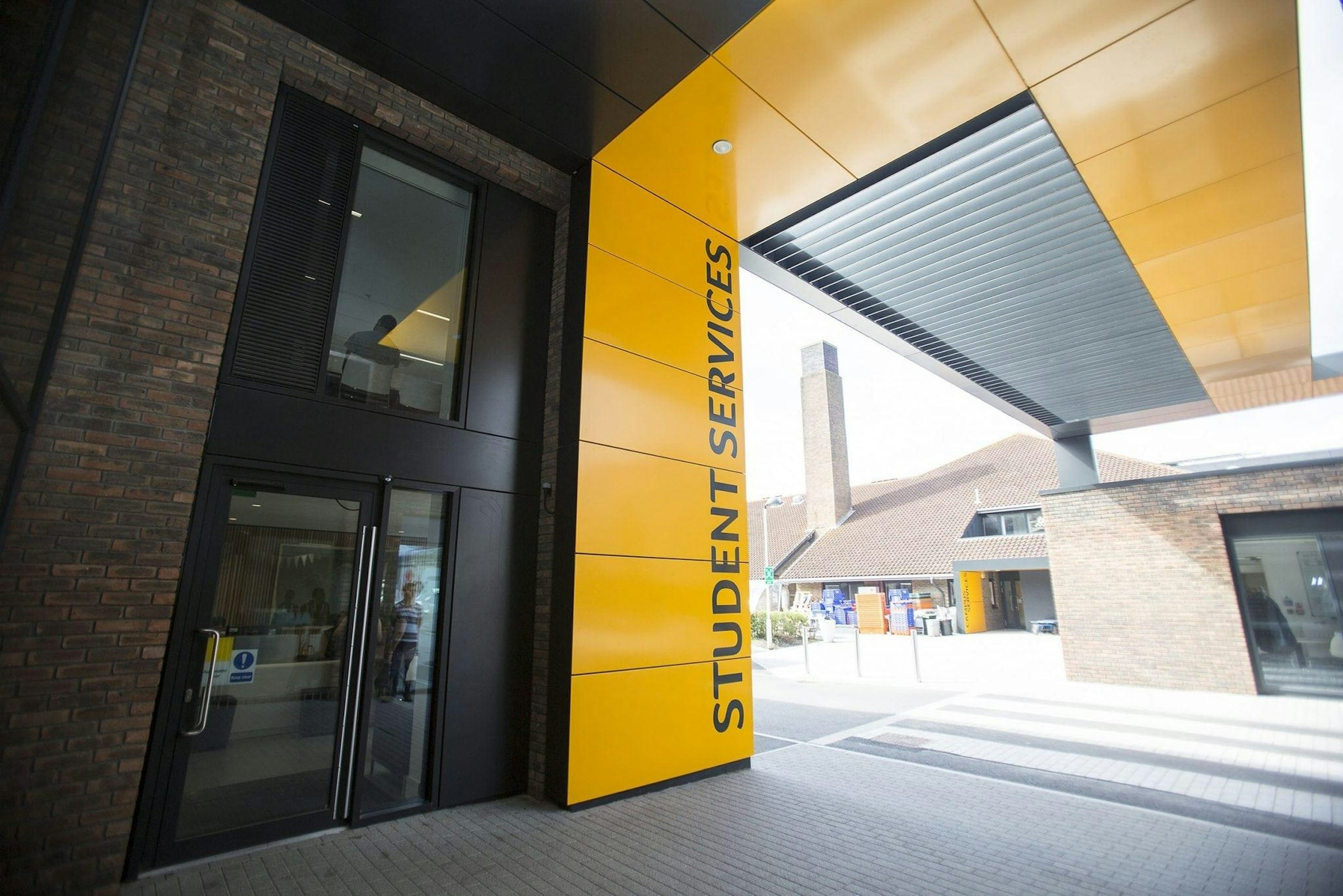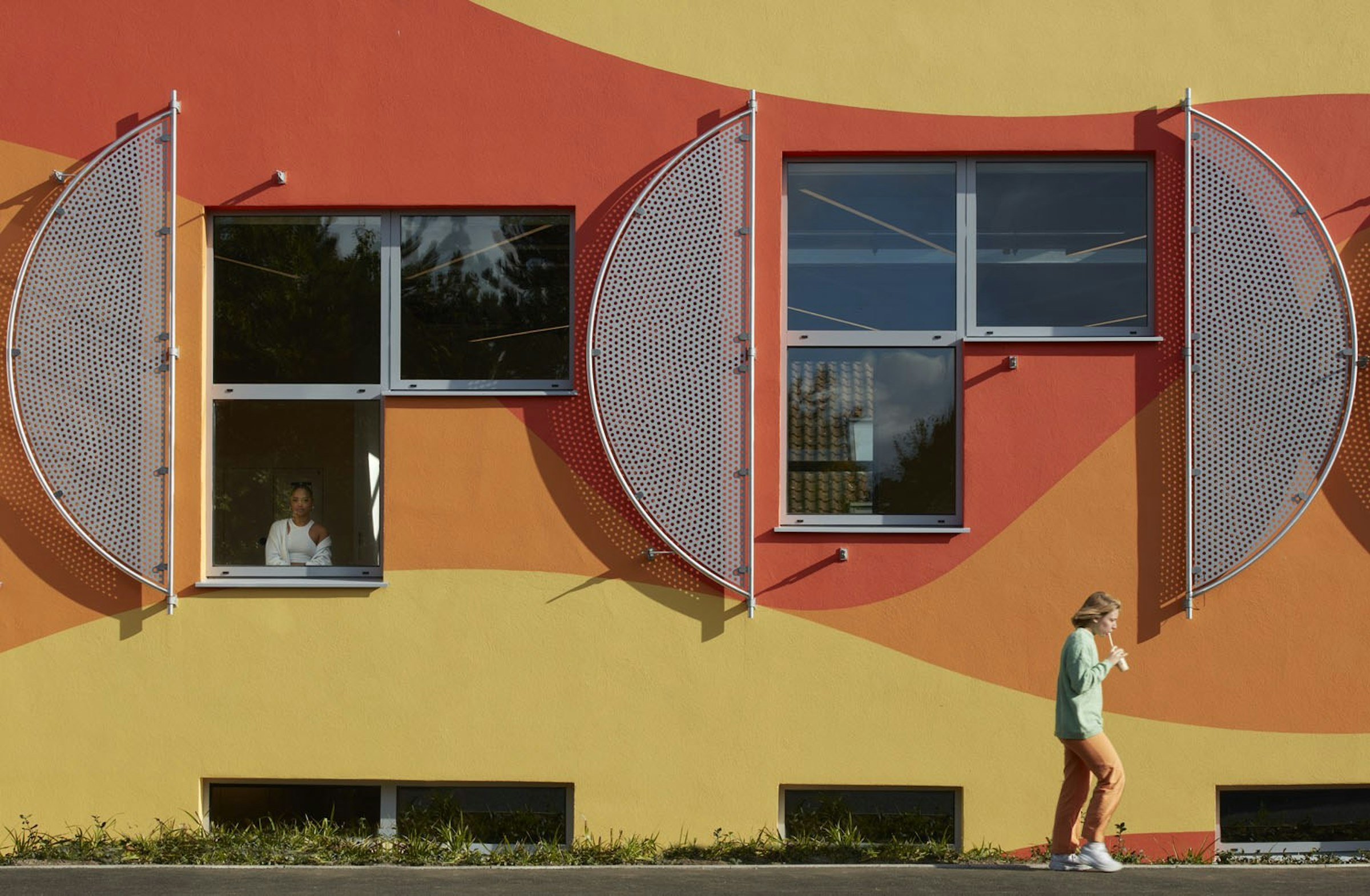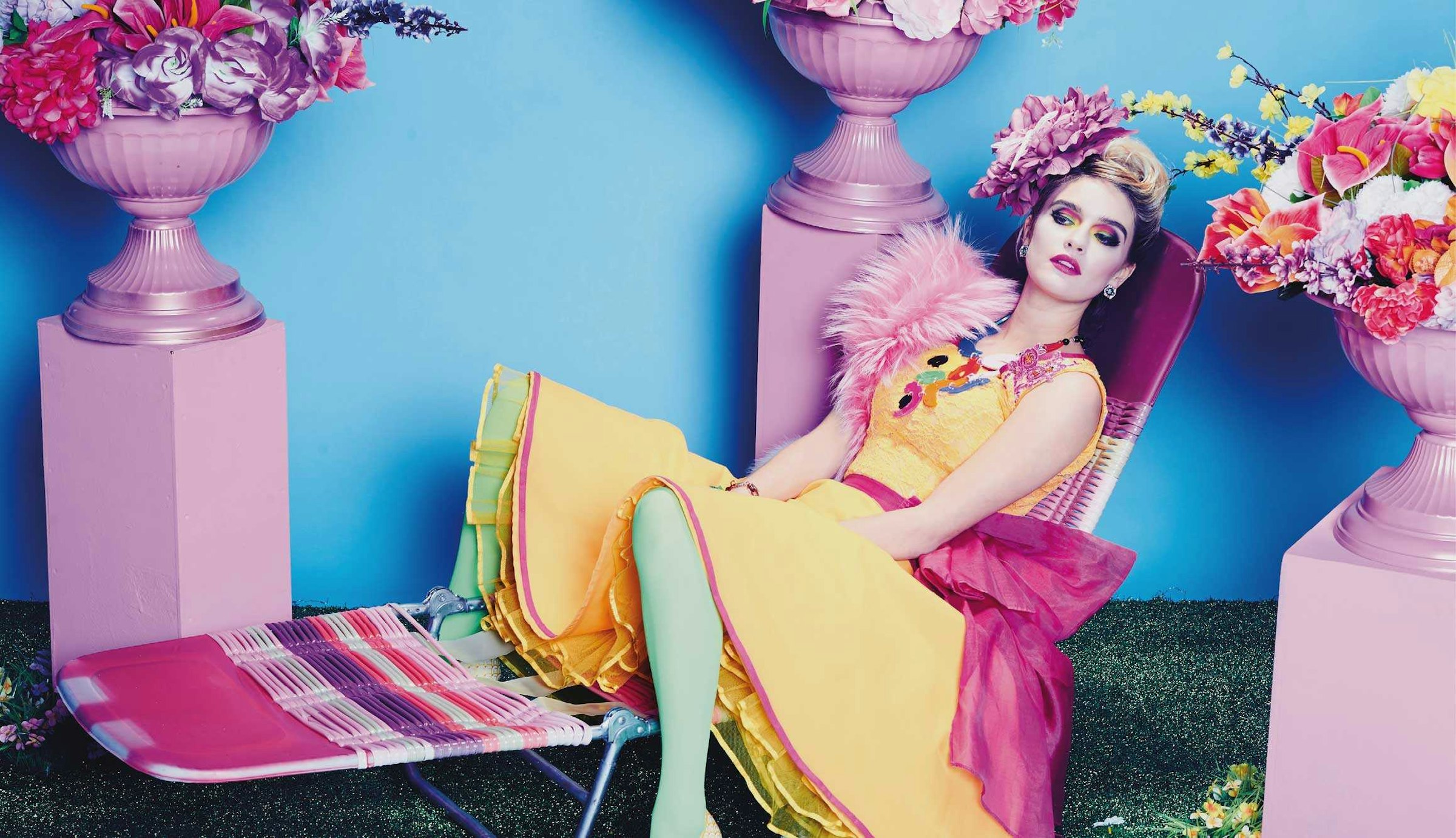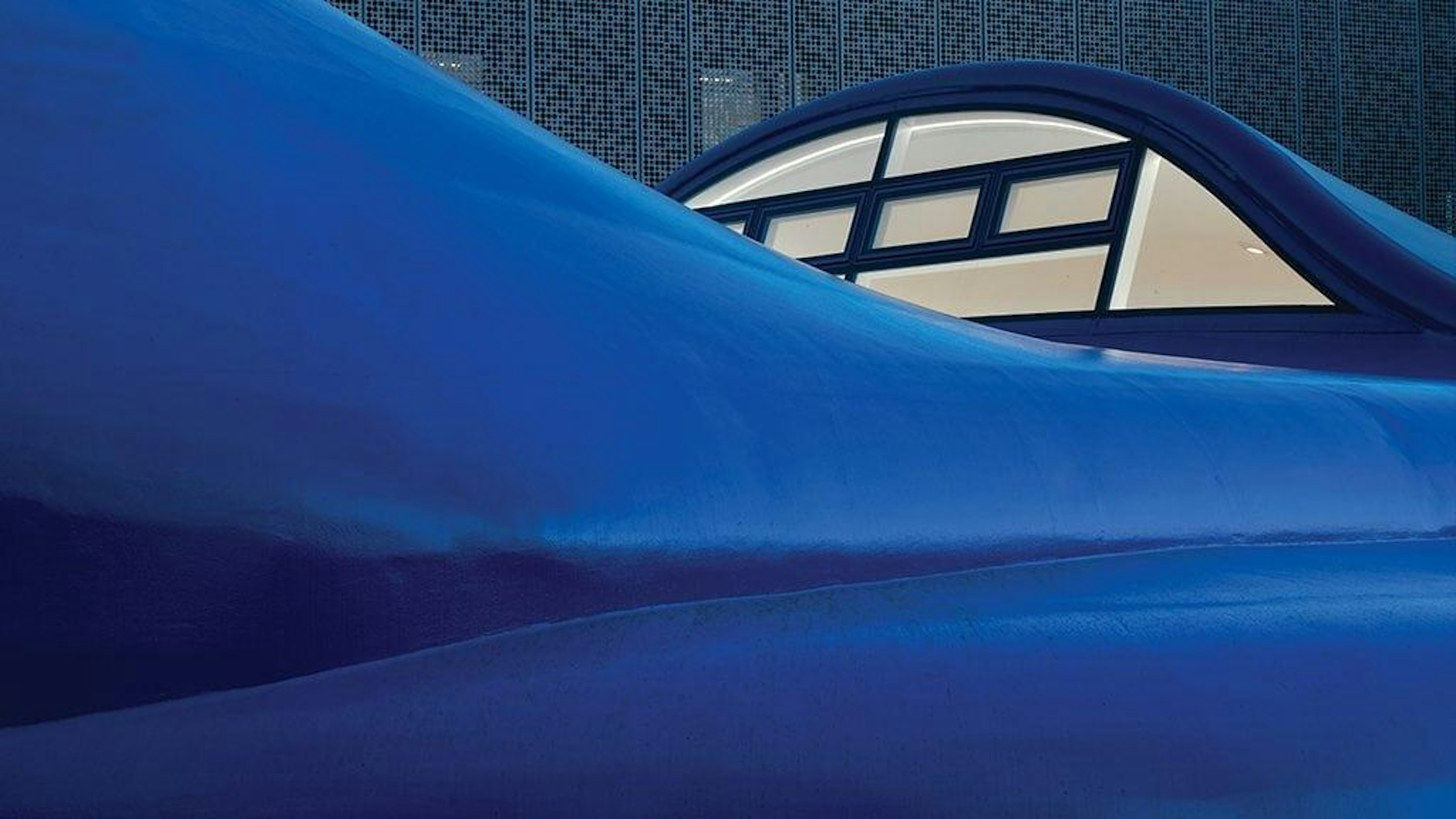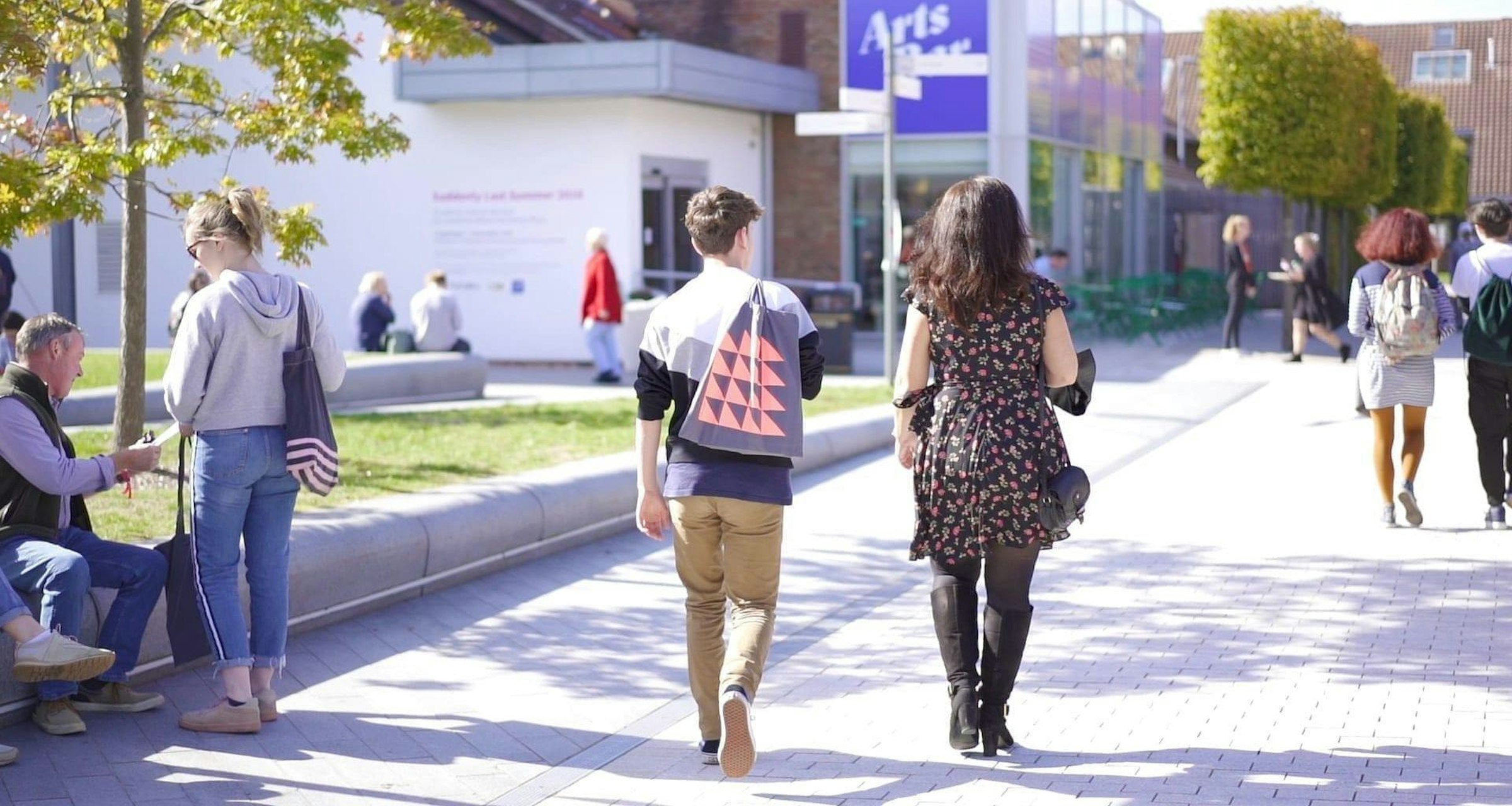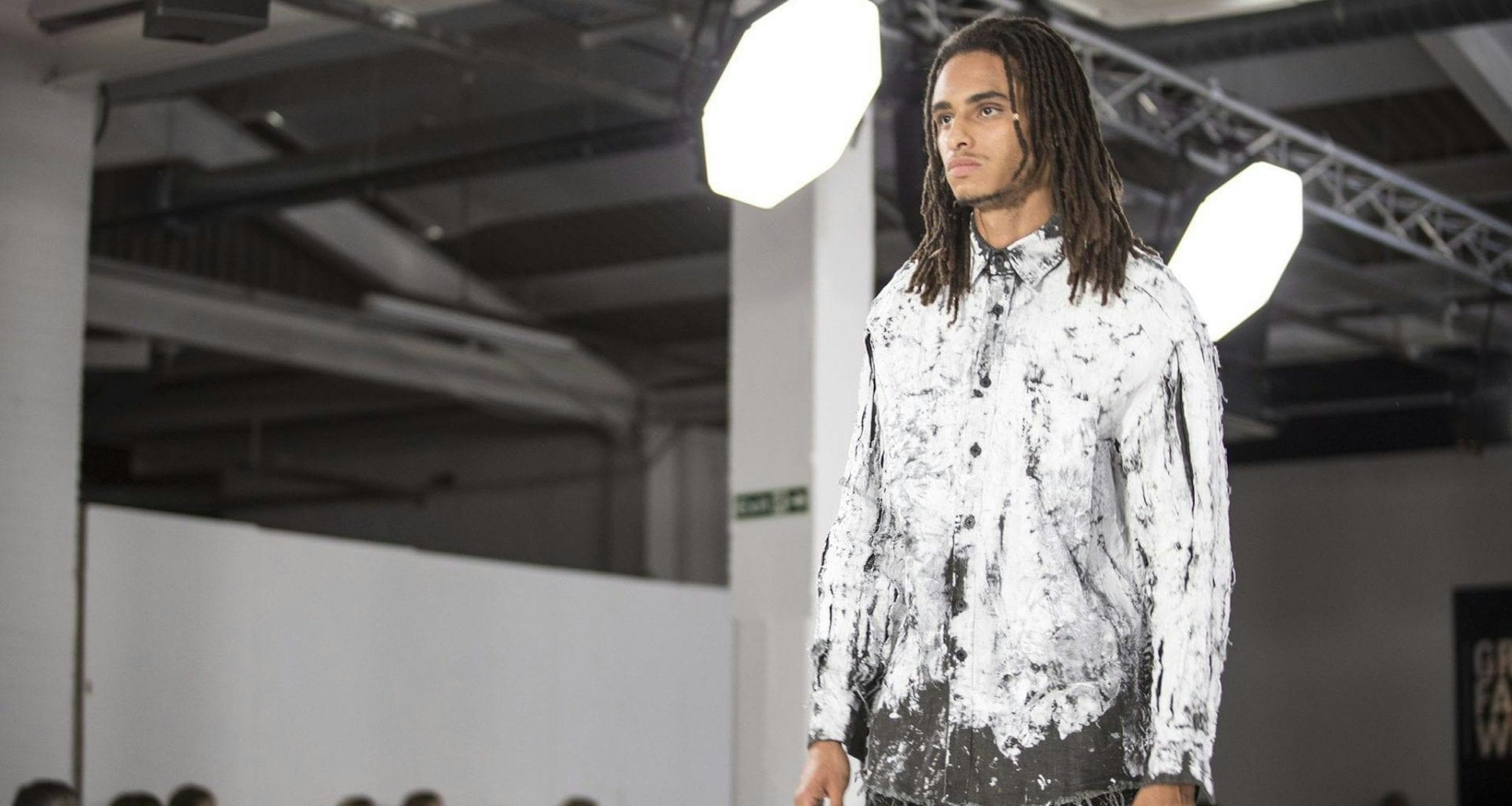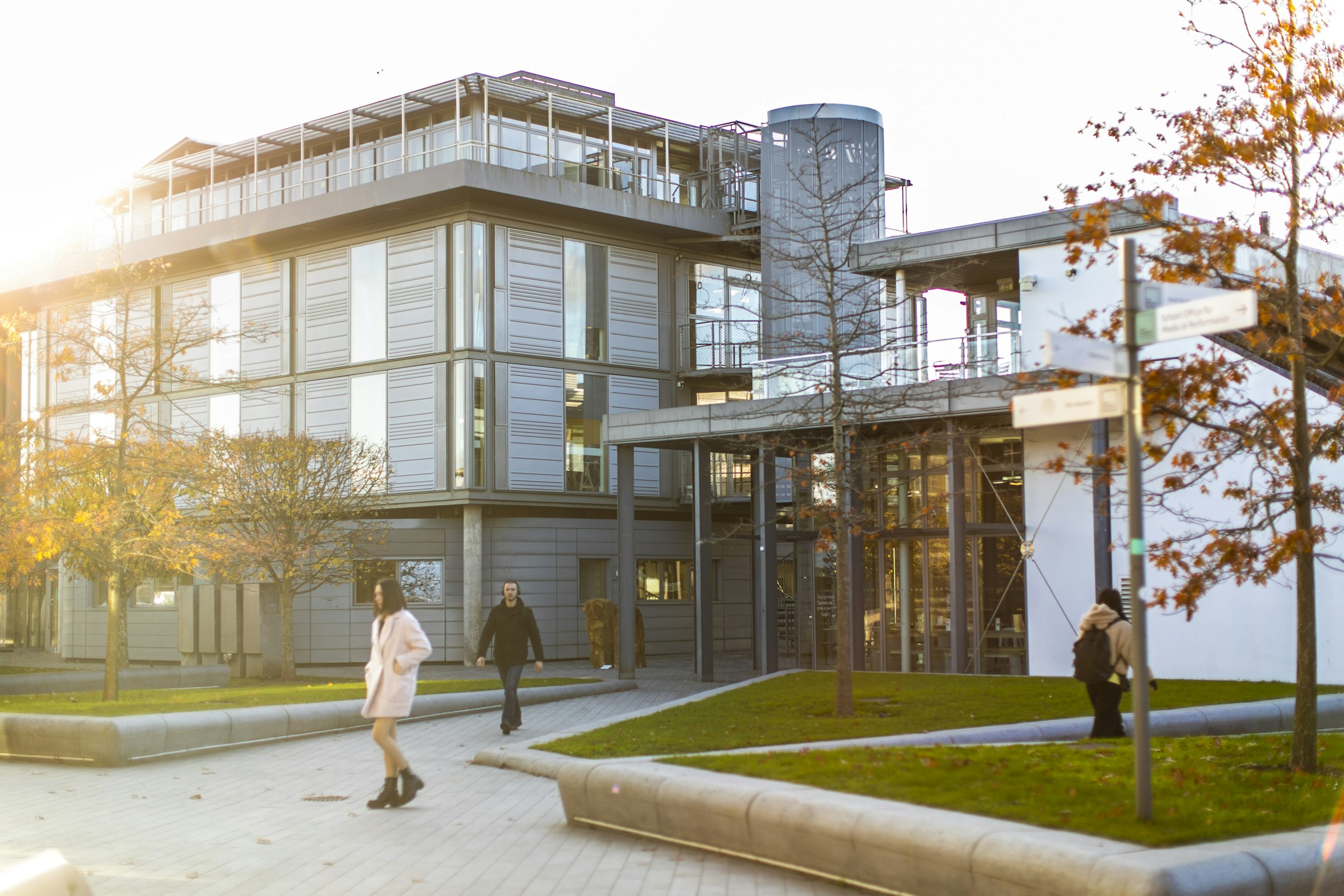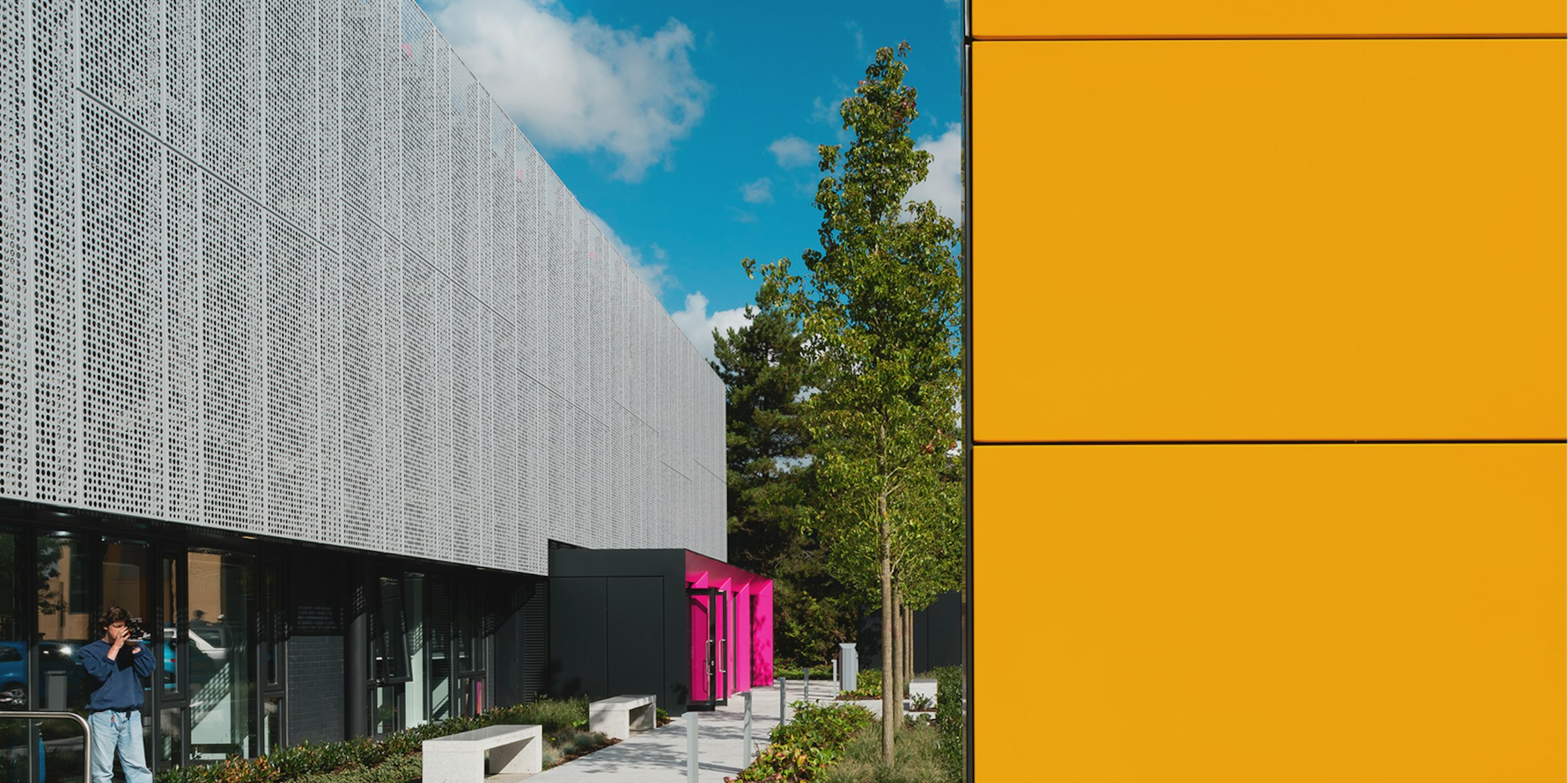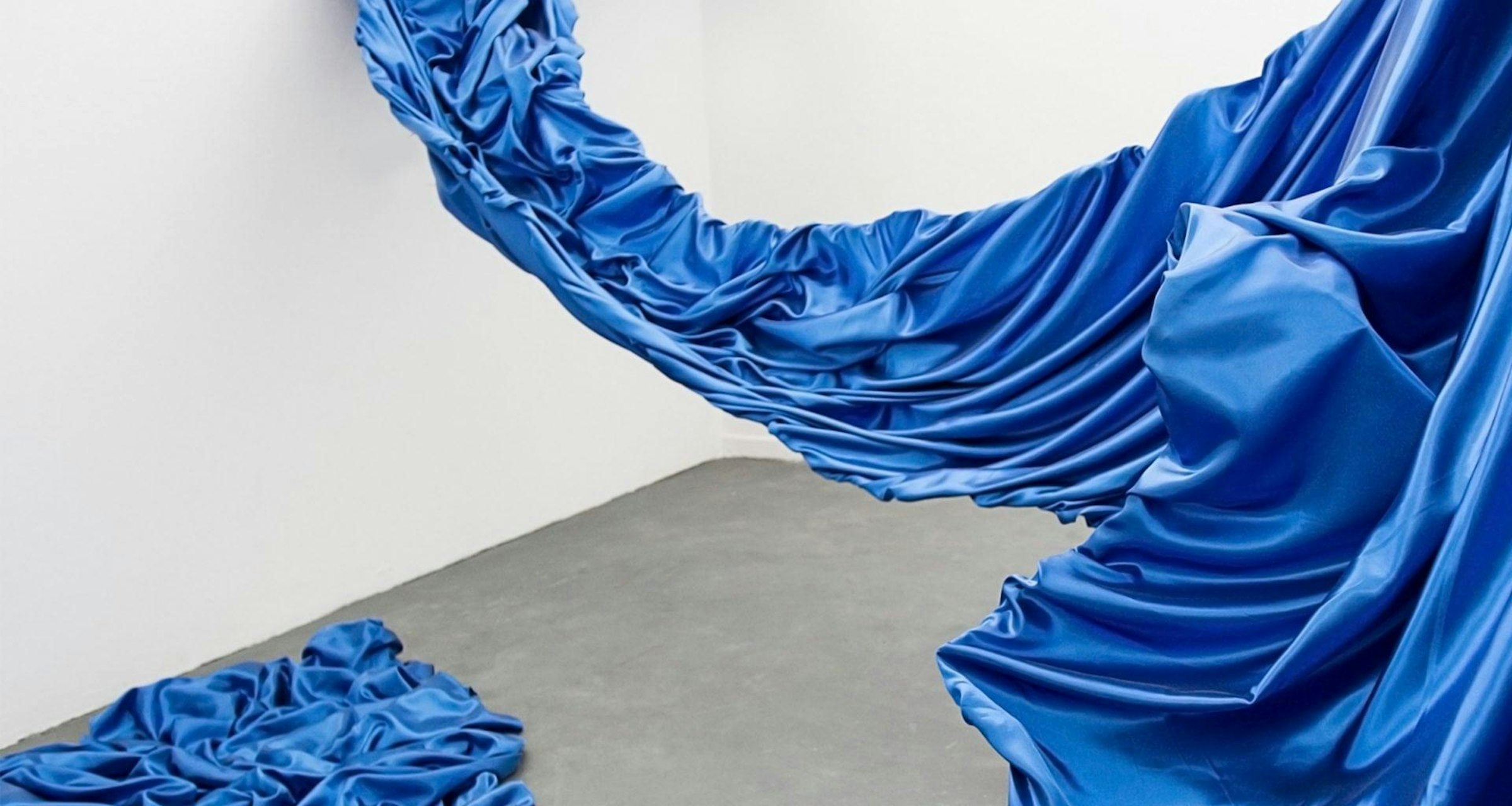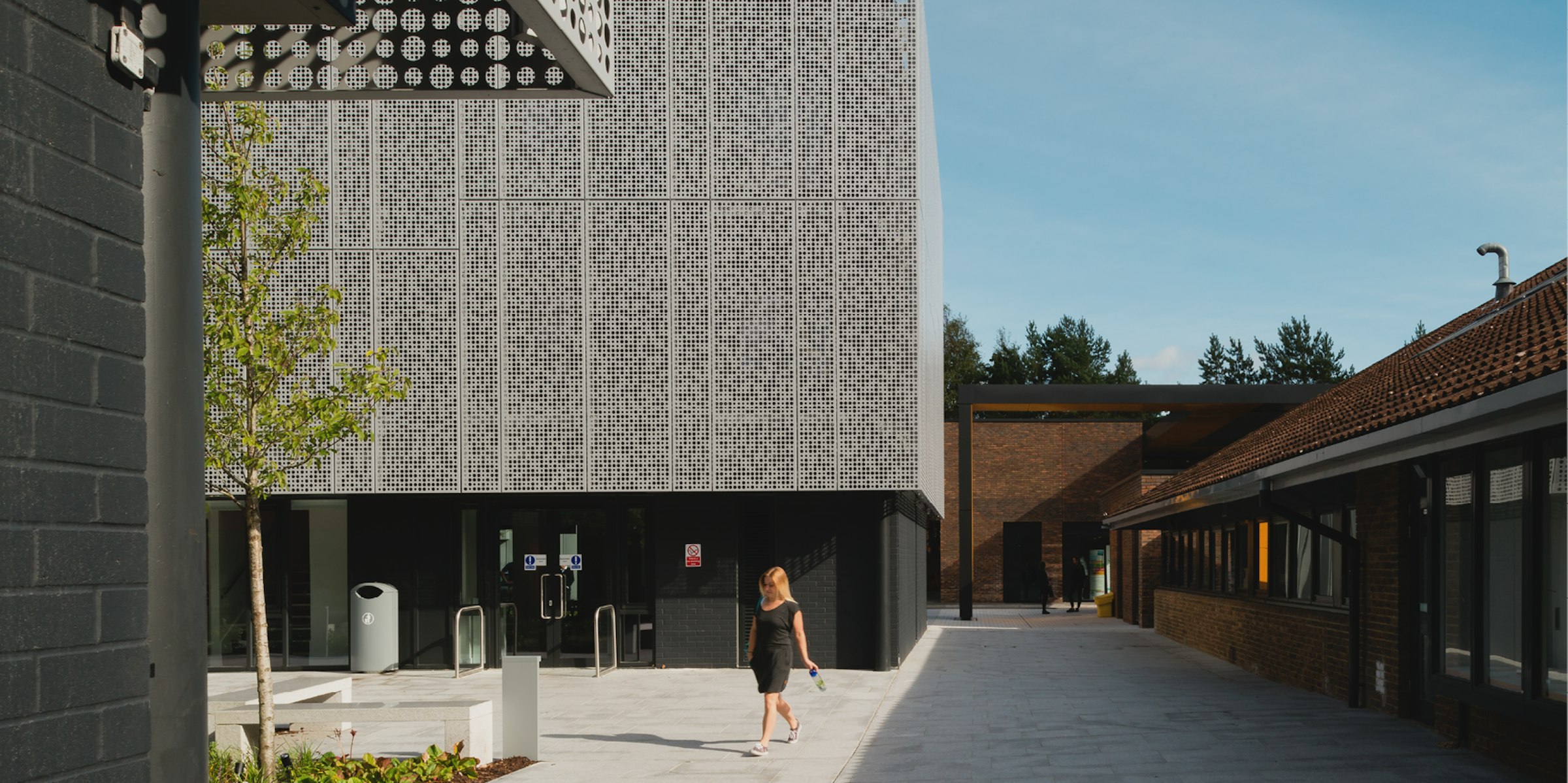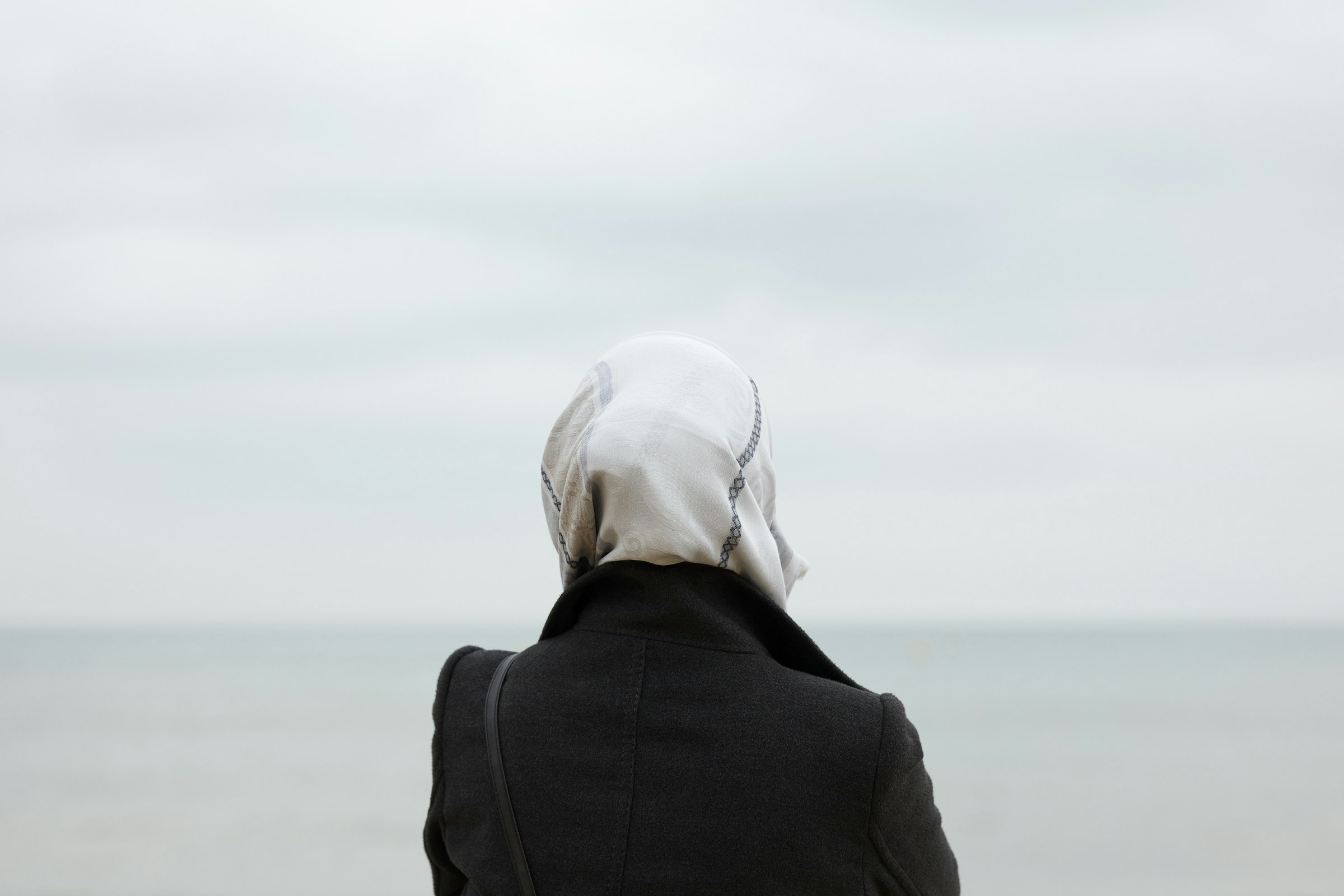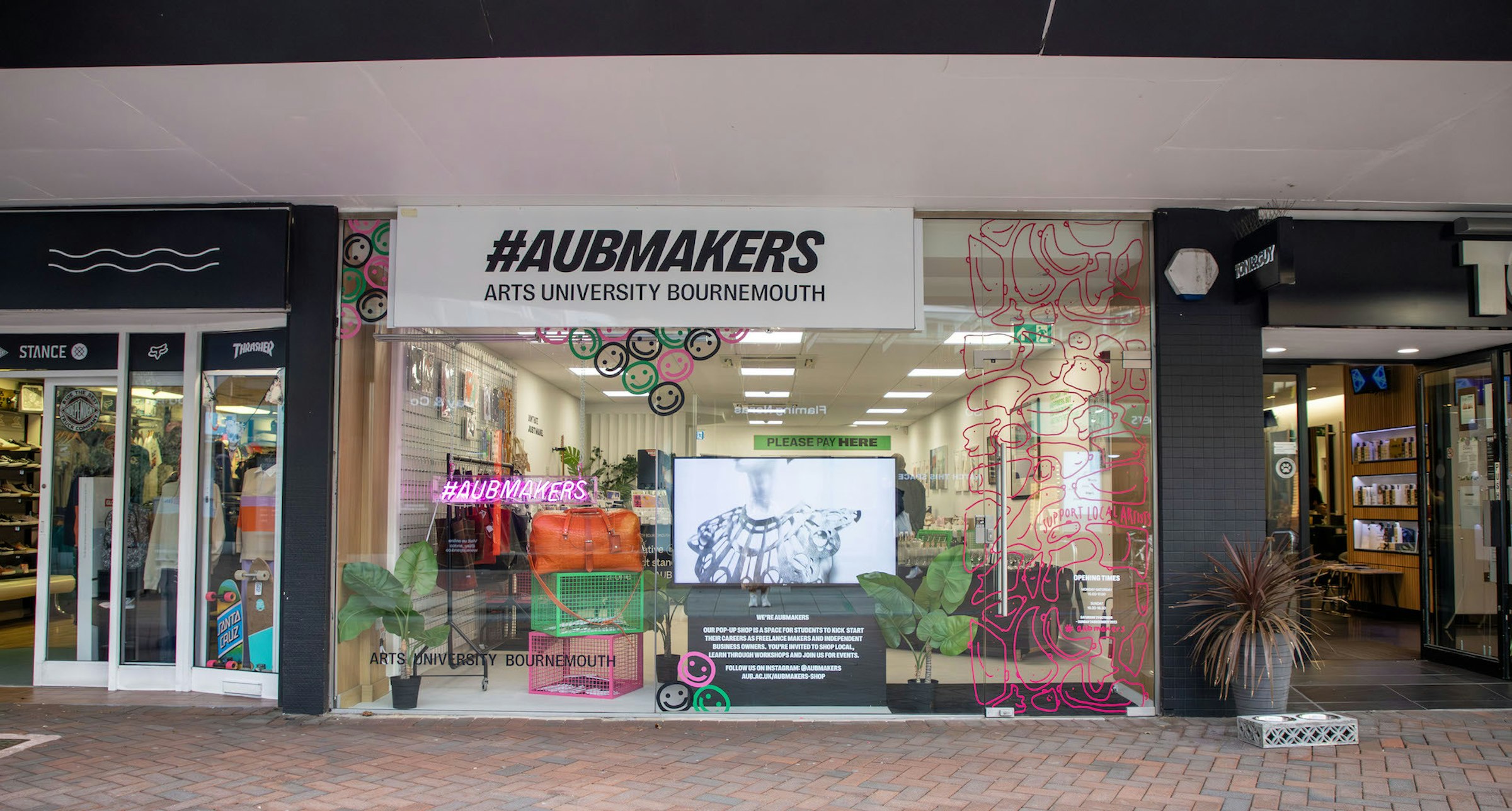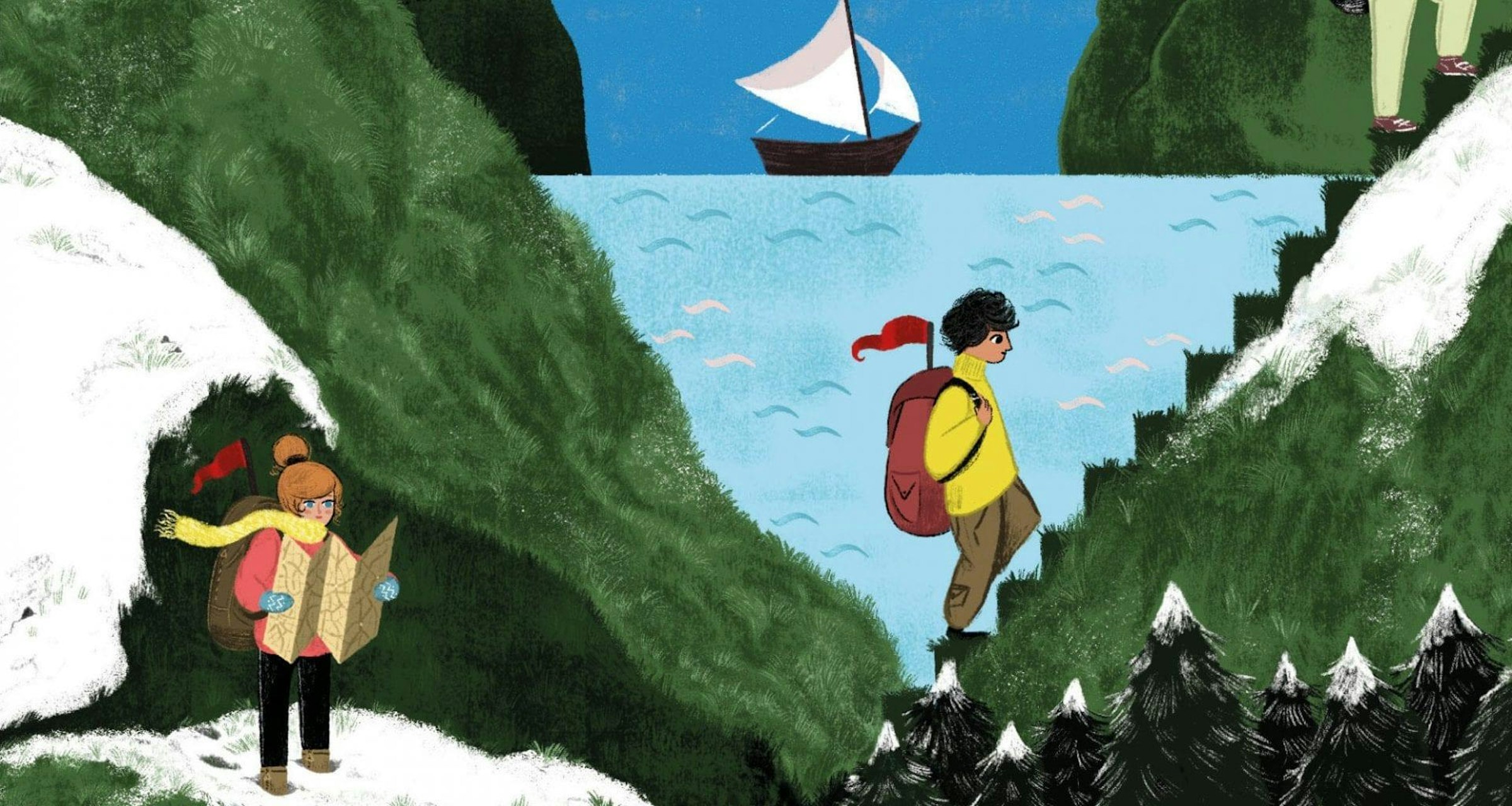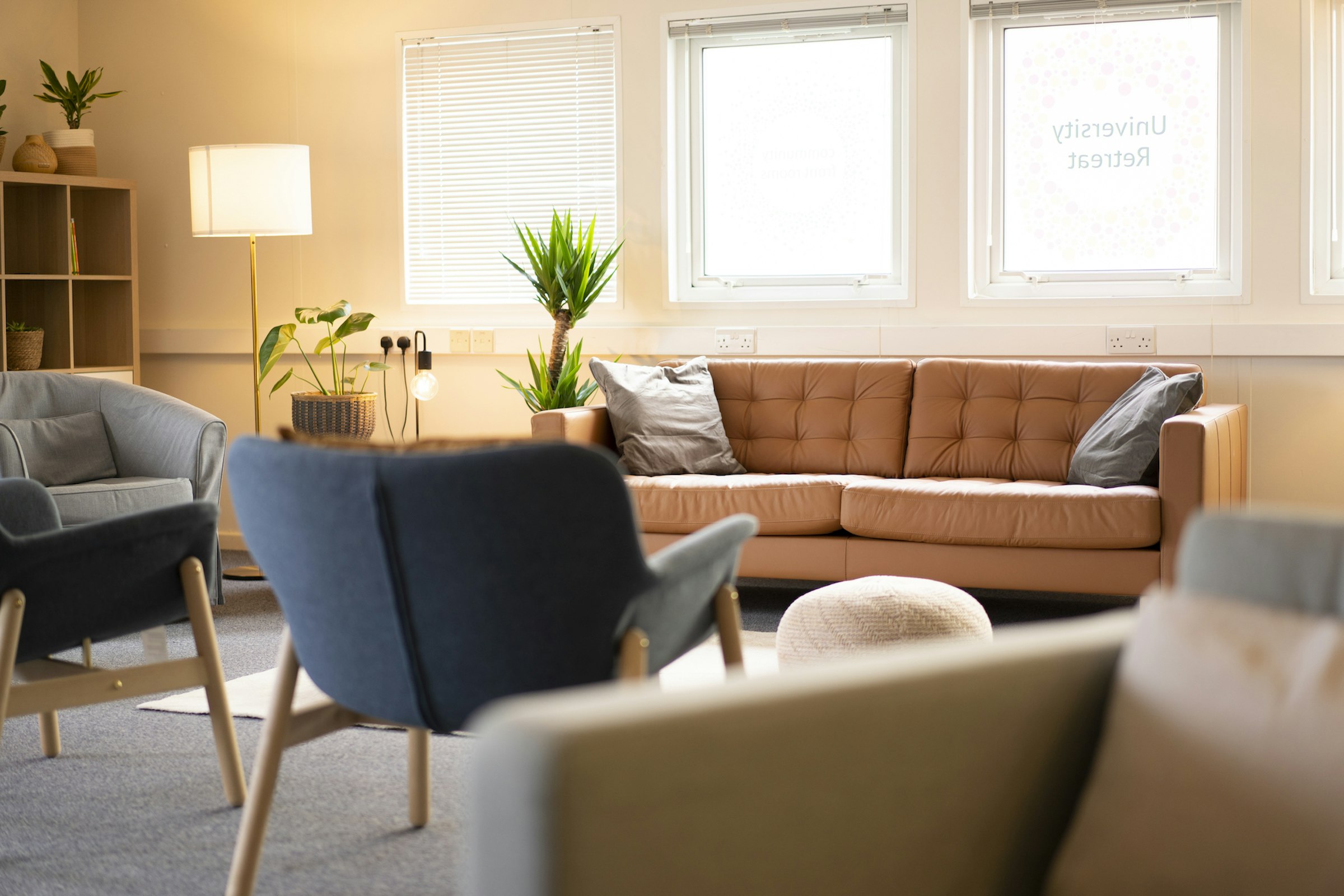
A Museum of Design in Plastics exhibition supported by TheGallery.
Northwest Gallery Entrance, North Building, AUB
As an island nation with thousands of miles of coastline ranging from rocky shores to sandy beaches, the United Kingdom has an important relationship with the seaside. For some people it is a source of employment, whilst for many it is a treasured environment that provides the opportunity for holidays, sport and leisure. It is a place that can have a positive impact on our health and wellbeing through an appreciation of the diverse nature and landscapes that can be found there.
This glimpse of the sea is an introduction to an exhibition on display in the Museum of Design in Plastics (MoDiP), which can be found on the first floor of the library. This exhibition, Beside the sea, explores the impact of the plastics materials group, good and bad, on this aspect of British life. How their hydrophobic, buoyant, and durable characteristics enhance both enjoyment of the water and make it safer. How many designers and manufacturers are creating value from plastics discarded on beaches and at sea, and how the devastating environmental harm caused by their inappropriate disposal is being mitigated by their use, for example, in cleaning our beaches, making fishing more sustainable, and holding back coastal erosion.
Beside the sea celebrates the fun of the seaside and considers the important issues of inclusivity, material value, pollution, and the use of recycled ocean plastics.
Meet the Curator
Louise Dennis
Dr Louise Dennis, Curator of MoDiP, has a wealth of museum experience having worked curatorially with a range of interesting collections of various materials from those relating to the brewing industry, ceramics, jewellery, historical glassware, and military history. She has worked with MoDiP since 2007 and her PhD research explored the value of MoDiP and its specialist focus with a particular interest in the relationships towards materiality and museum objects.
TheGallery exhibitions, events, publications and projects; Museum of Design in Plastics (MoDiP) exhibitions and collections contribute to Arts University Bournemouth, Bournemouth and the Southwest Cultural Community and beyond, and are accessible to everyone interested in the galleries and museums.
AUB’s two cultural assets work collaboratively to find new ways to connect with communities at and beyond the AUB. Through their own mission and purpose, TheGallery and the Museum of Design in Plastics come together to support learning, teaching, and research for all, as well as provide spaces for inspiration and contemplation.
An injection moulded spade for use at the beach, made from Gum-tec®. Gum-tec® is a material that was developed by Anna Bullus as the result of her university degree final year project and subsequent years of material development at the Polymers Department of London Metropolitan University, to address the problem of chewing gum waste. This spade is branded in support of Keep Wales Tidy and was produced as a collaboration between Gumdrop and Keep Wales Tidy.
AIBDC : 008562
The Yuna mooring buoy is a concept designed to capture microplastics in the ocean. This 1:5 scale model was conceived and made by YUDesign, a team of twenty students from the University of Valencia. The buoy is intended to be secured at a depth of 1-2 metres below the surface of the water, where it moves and rotates with the currents to capture tiny plastics fragments (known as microplastics) of less than 5 mm in diameter, through a series of activated carbon filters.
AIBDC : 008560.2
A square carpet floor tile inspired by the colour and movement of the Oceans. It is part of Interface's Net Effect collection which includes three styles of carpeting, the B601, B602 and this, the B603 with its tapestry tufted patterned structured loop pile. The collection is made with 100% recycled solution dyed nylon and is carbon neutral throughout its full product life cycle due to Interface's Carbon Neutral Floors Programme.
AIBDC : 008652
This board is used to body surf and is a water planing device allowing the user to ride waves faster, longer and with more control than a conventional body board. The handboard, also known as a handplane, gets the surfer higher up in the water which helps them go faster and further along the wave. The board has a 3 mm high tensile textured TPU 'flak jacket' which is tough and lightweight making it scratch and dent resistant. The high-density foam core provides strength, rigidity, lightness, durability and buoyancy.
AIBDC : 008509
A 30" lifebuoy with reflective tape which is SOLAS compliant (International Convention for the Safety of Life at Sea). Designed to be thrown to a casualty in the water, a lifebuoy provides buoyancy to prevent drowning and is usually attached to a throw line to enable retrieval. This example is extrusion blow moulded of high-density polyethylene (HDPE) and filled with polyurethane foam (to prevent water ingress) through a 15 mm hole which is then sealed and covered by reflective tape. 30" lifebuoys are typically seen installed at beaches and locations where there is a straight drop to the water such as at docks, piers, harbours and on boats.
AIBDC : 008196
A bird-shaped water bucket from the Animo range of children's beach toys made from eco-friendly Biobu®, a composite material made from bamboo sawdust waste from chopstick factories and a food safe melamine binder. The material was developed for EKOBO in partnership with a factory in China, in response to their own experiences when searching for trusted establish brands for their own children.
AIBDC : 008593.1
These clothespins are made from discarded fishing ropes and supports fishing communities and marine ecosystems. The ocean plastics used in these pegs are sourced as a result of an interception programme, in place across various ports, that reimburses the fisherman for worn-out fishing gear and therefore preventing it from entering the ocean as broken equipment. The innovative wave grip design can be tailored to each item of laundry, the further down you push the peg over the textile, the stronger the grip.
AIBDC : 008540
This rope is made from a 12 strand Dyneema® core with a 16-plait blended Dyneema® and polypropylene cover. Dyneema® is an ultra-high molecular weight polyethylene fibre developed by DSM in the Netherlands. It is known as the world's strongest, lightest fibre, being 15 times stronger than steel. It is light in weight, is hydrophobic, floats, and is chemical and UV resistant making it an excellent material for the production of sailing ropes.
AIBDC : 008653
A 13 cm flower pot made of discarded fishing rope. The designer works with an innovative recycler to make plant pots from waste fishing gear, preventing it becoming landfill or pollution. The raw material is selected because of the colour preventing the need to remove or add colour compounds to the mix.
AIBDC : 008603
The Pisces Bycatch Reduction Shield was designed by Dan Watson as a development to his 2011 MA Product Design (University of Glasgow) project entitled the 'Escape Ring' which won the Design Innovation in Plastics Award run by the Worshipful Company of Horners. The rings were made of nylon with polyurethane illuminated LED lenses, and were inserted into a fishing net to hold the mesh open for juvenile and undersized fish to escape, acting in a similar way to an emergency exit sign. The concept of light influencing fish behaviour was taken forward over the next three years to create an underwater light that would illuminate the fishing net.
